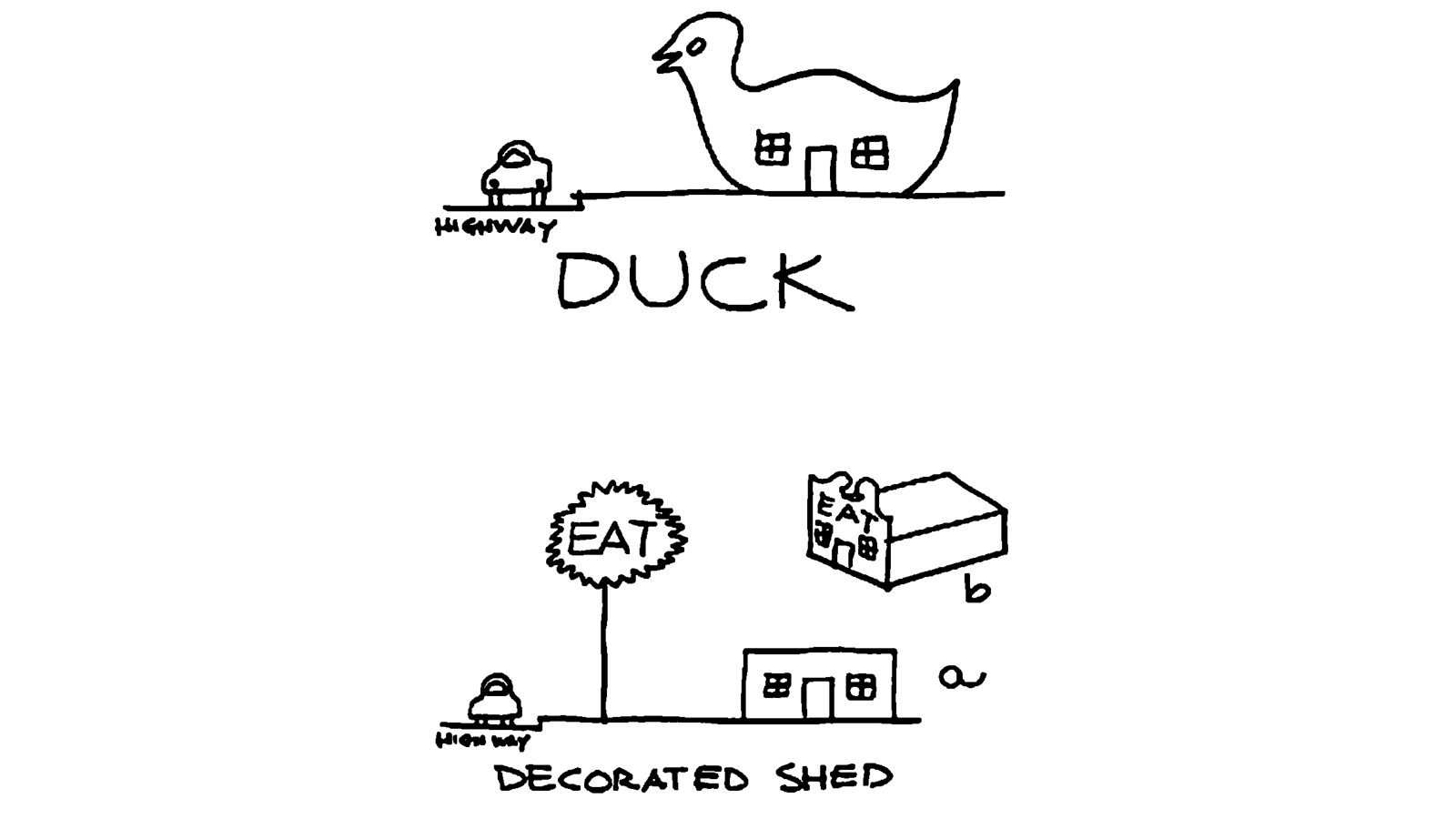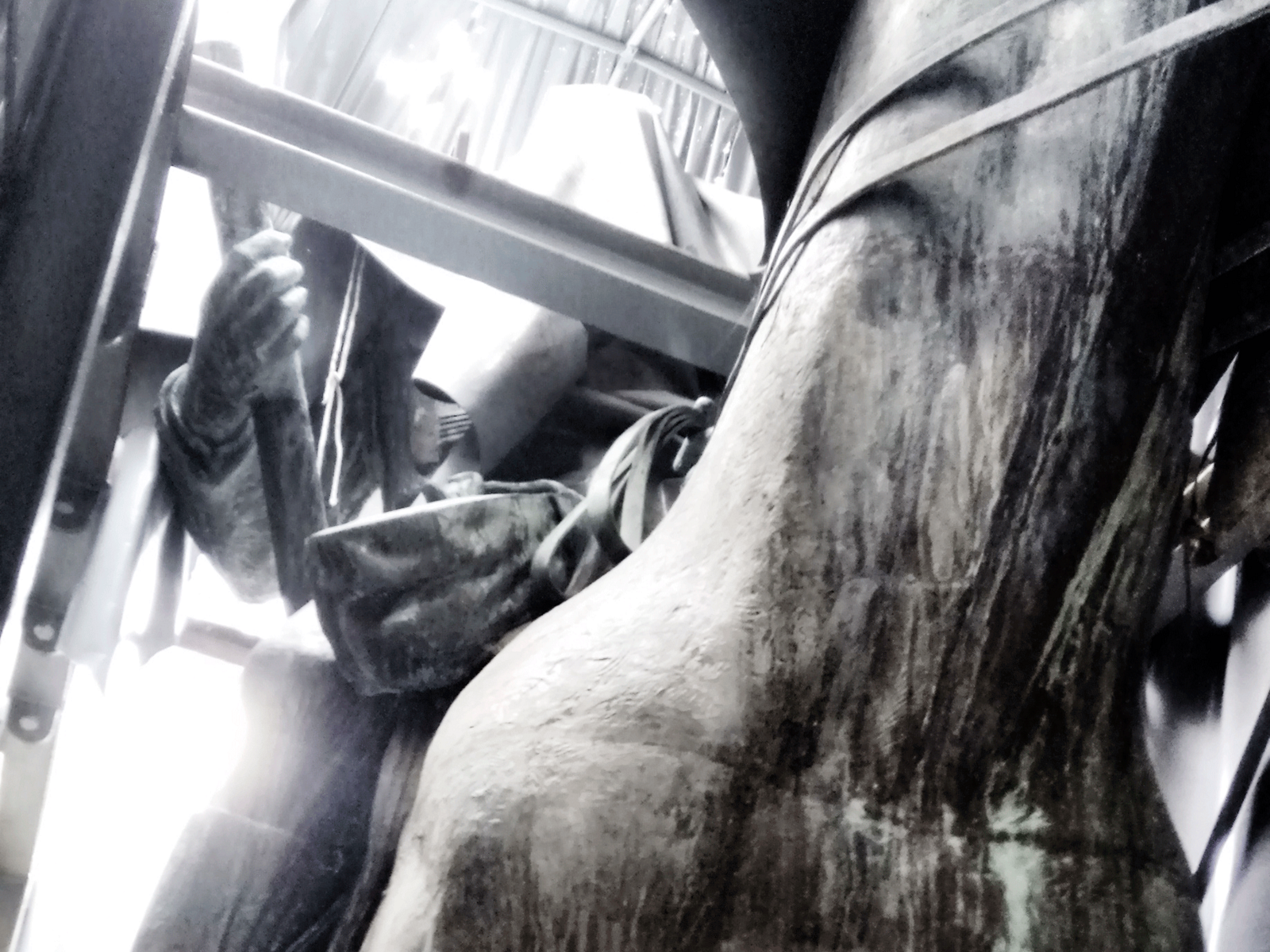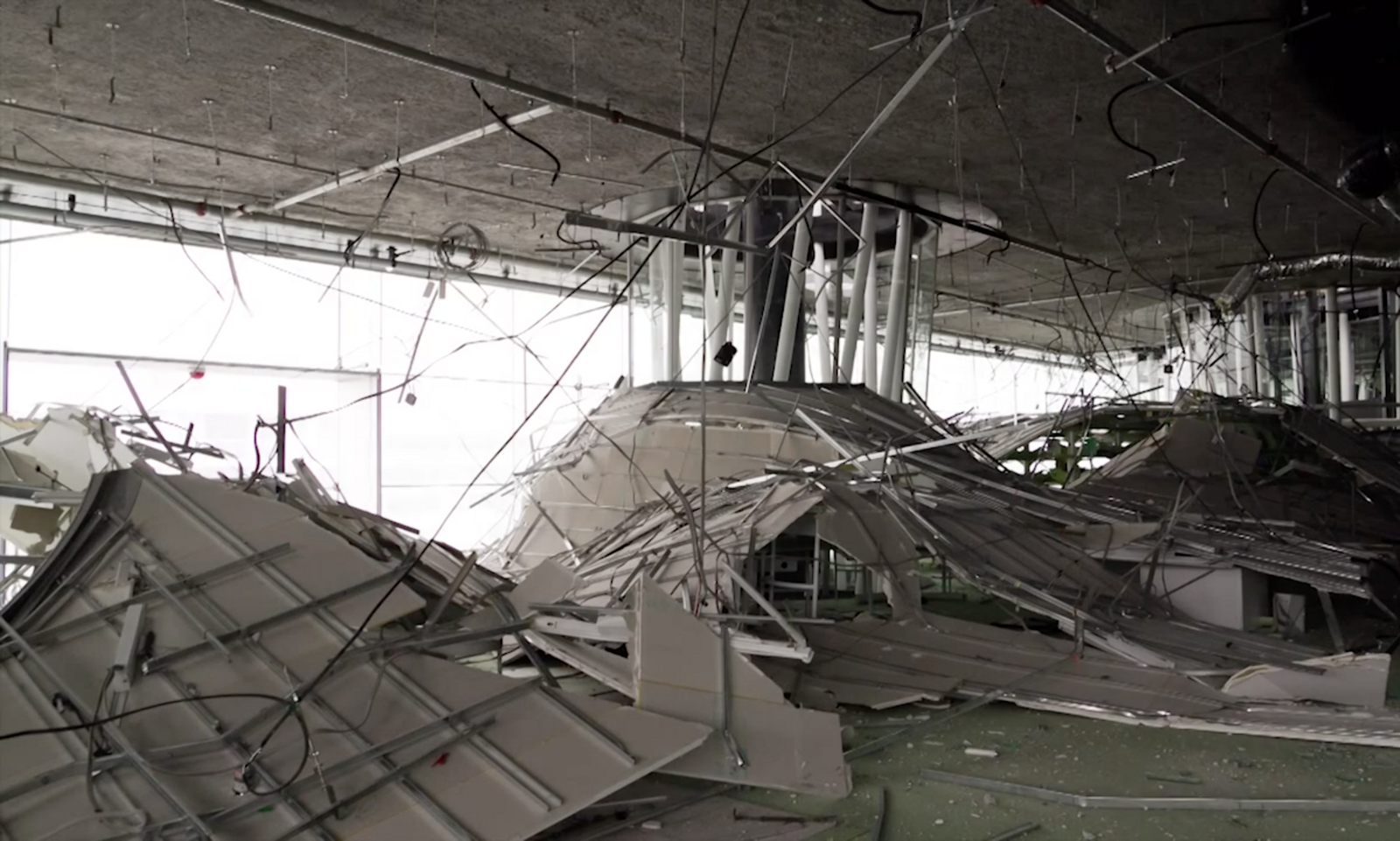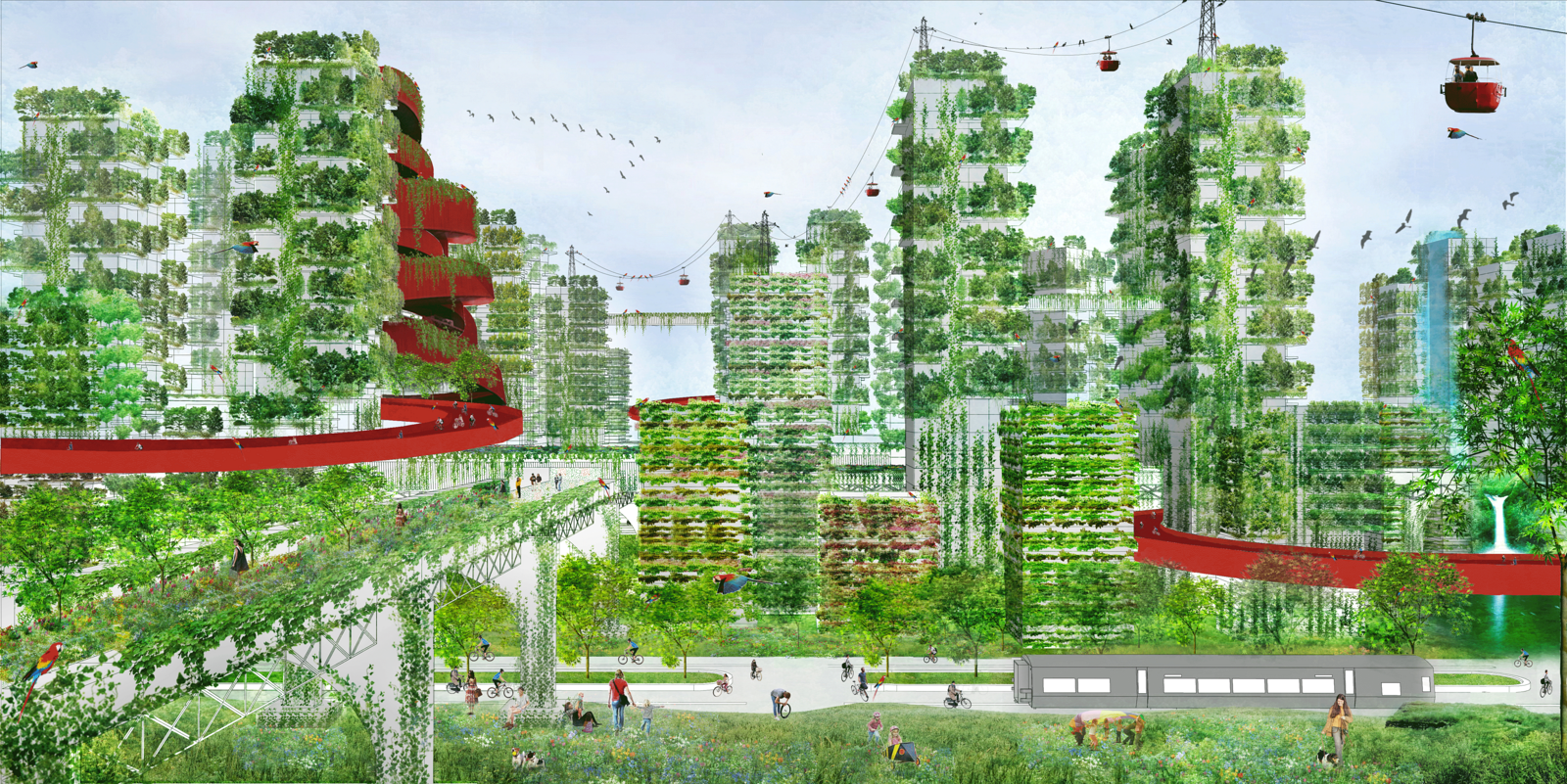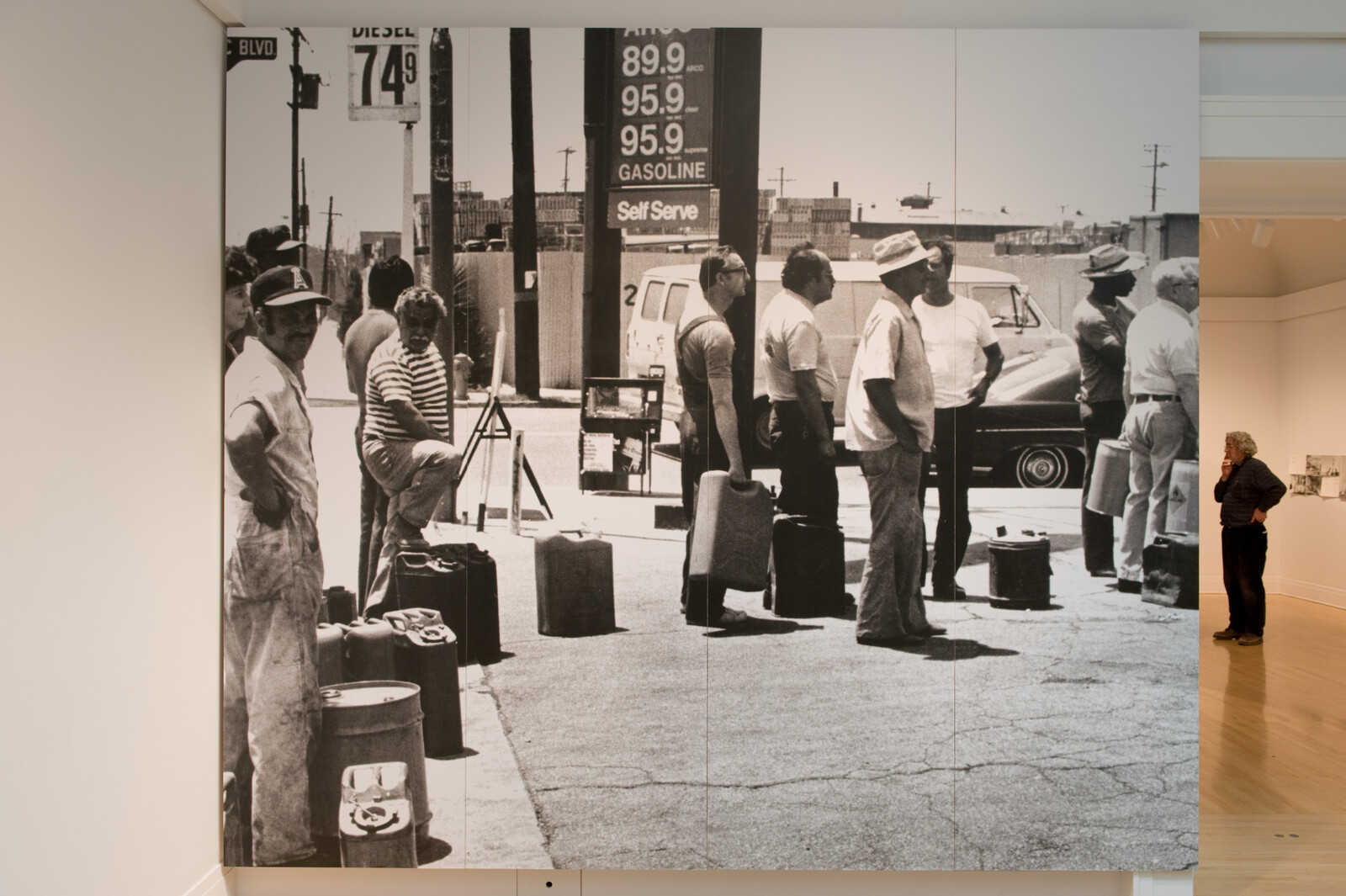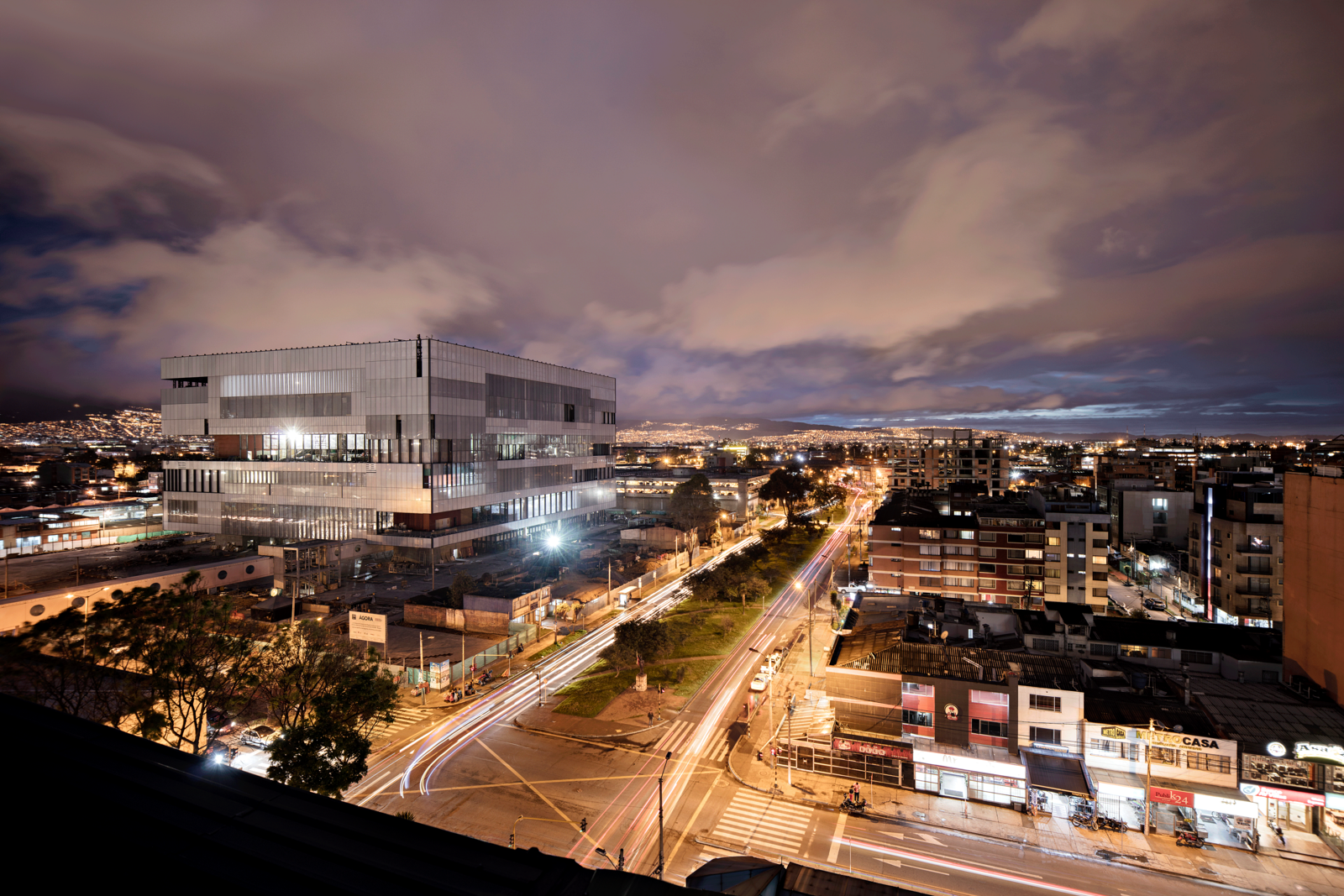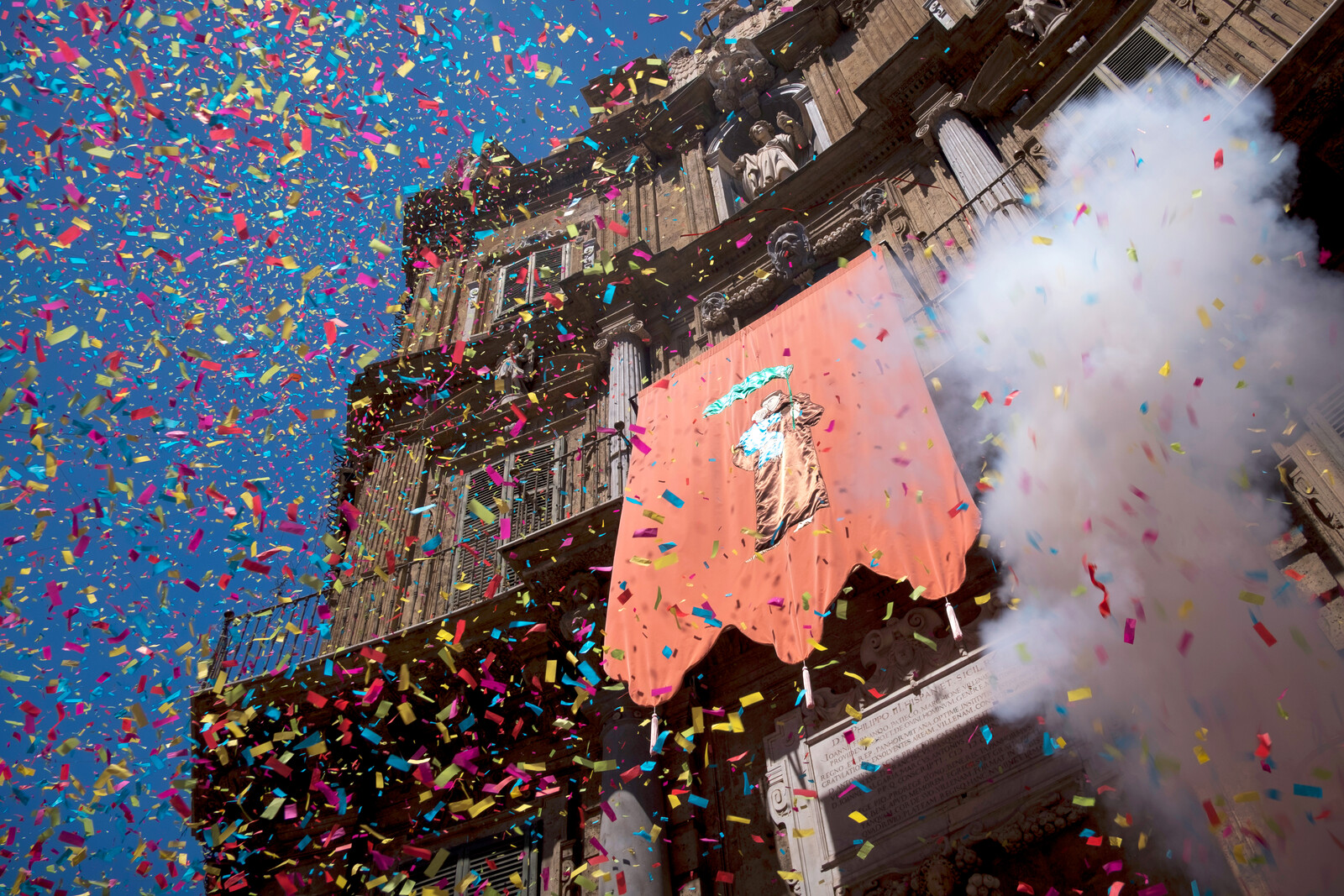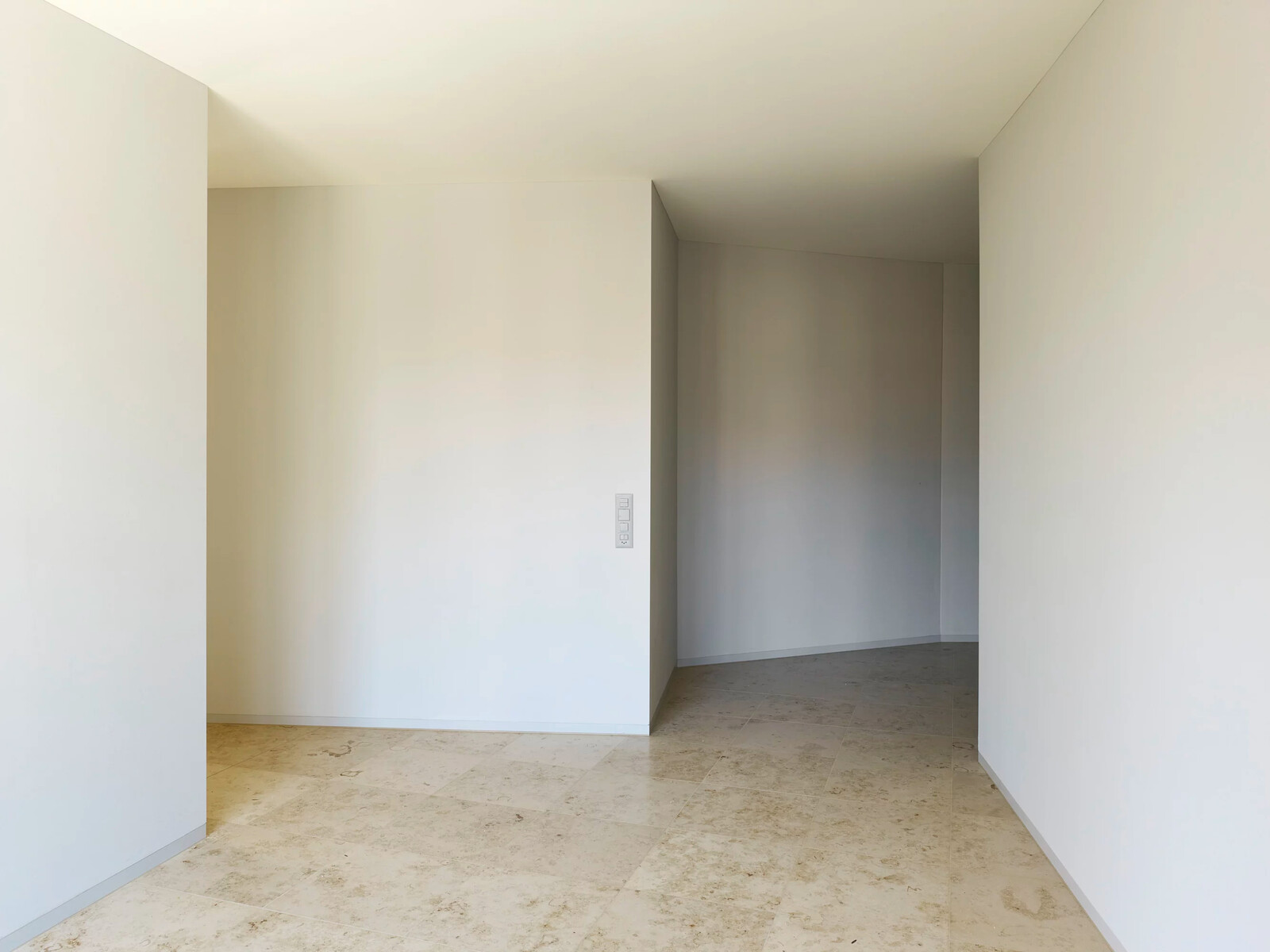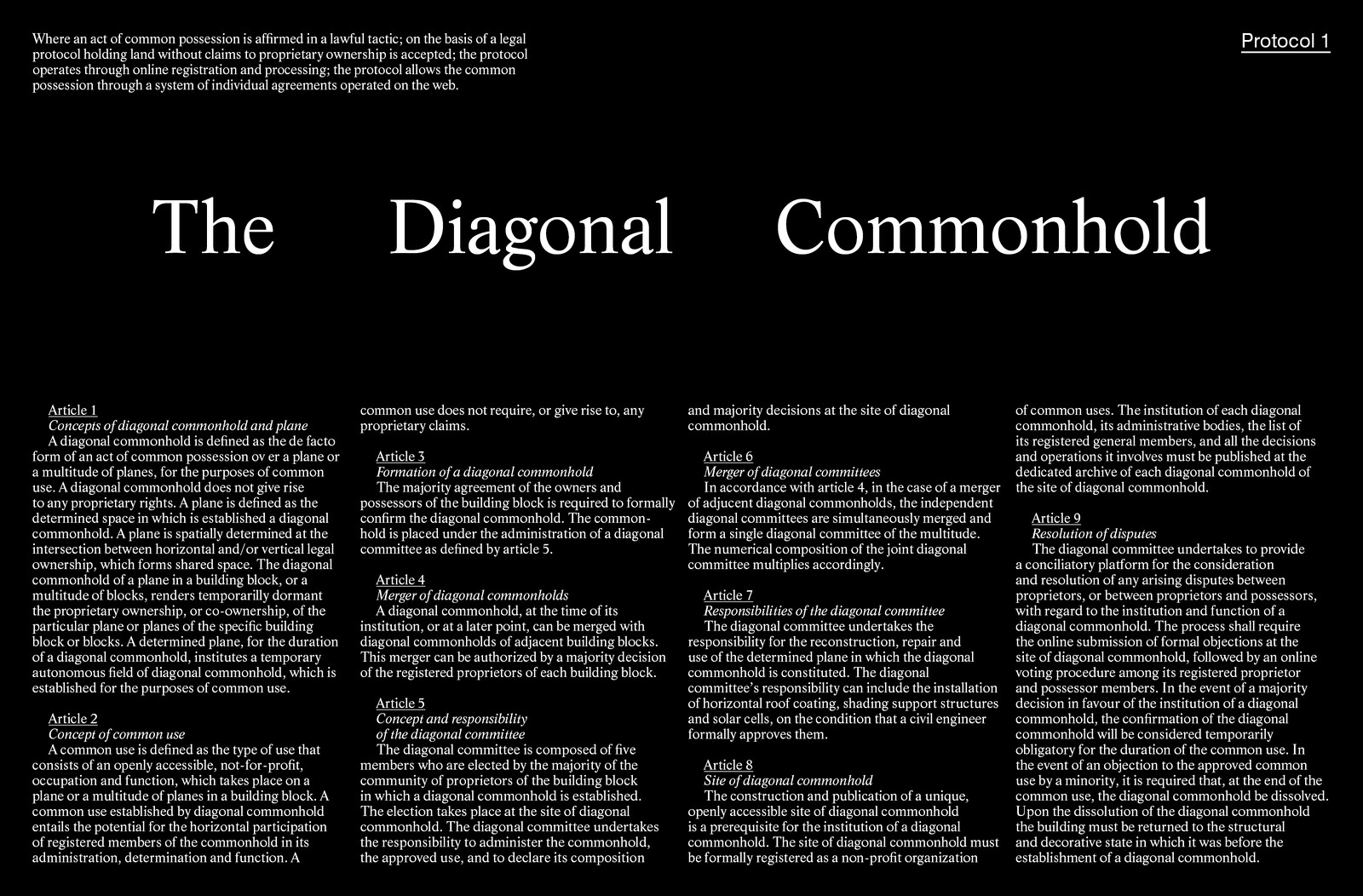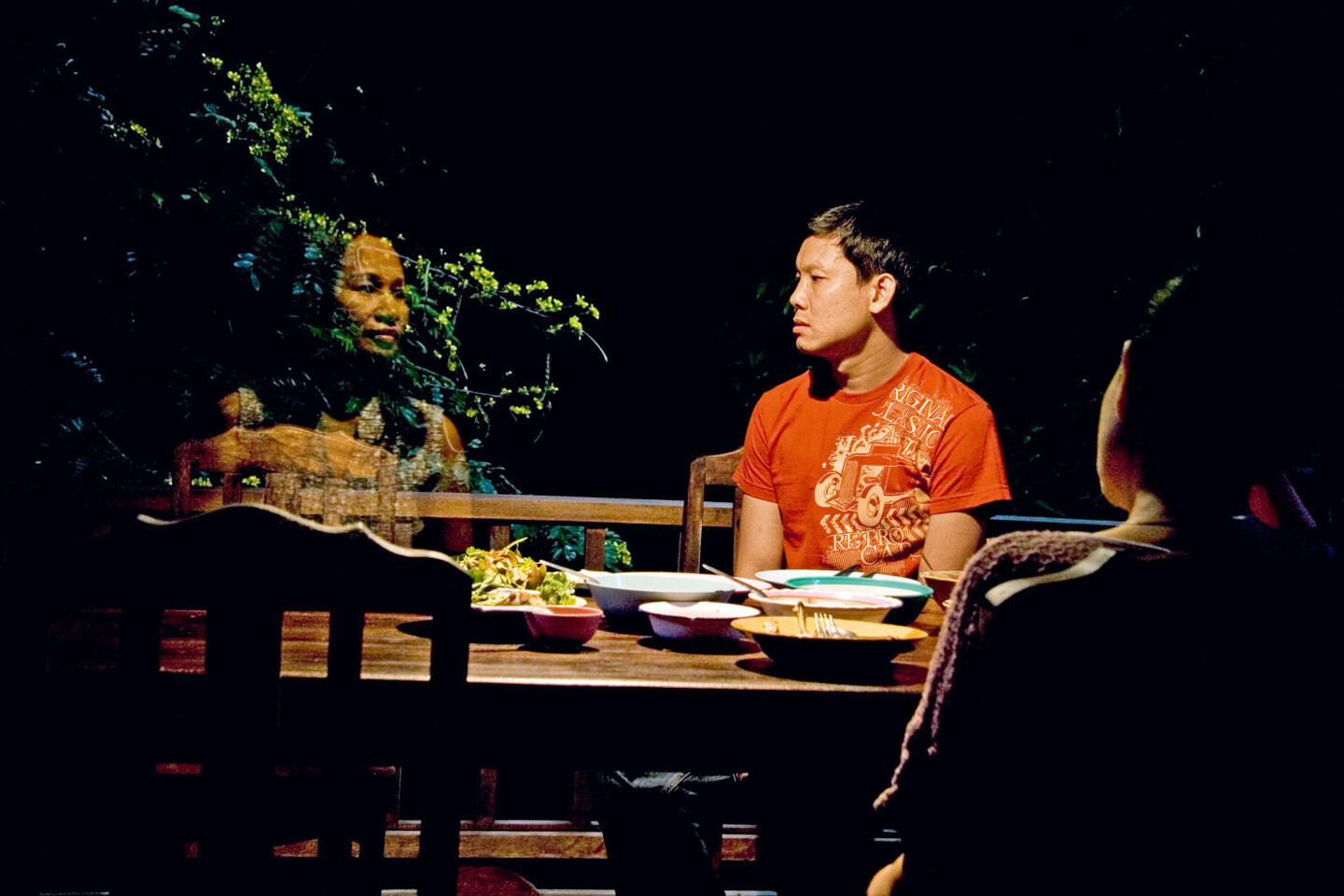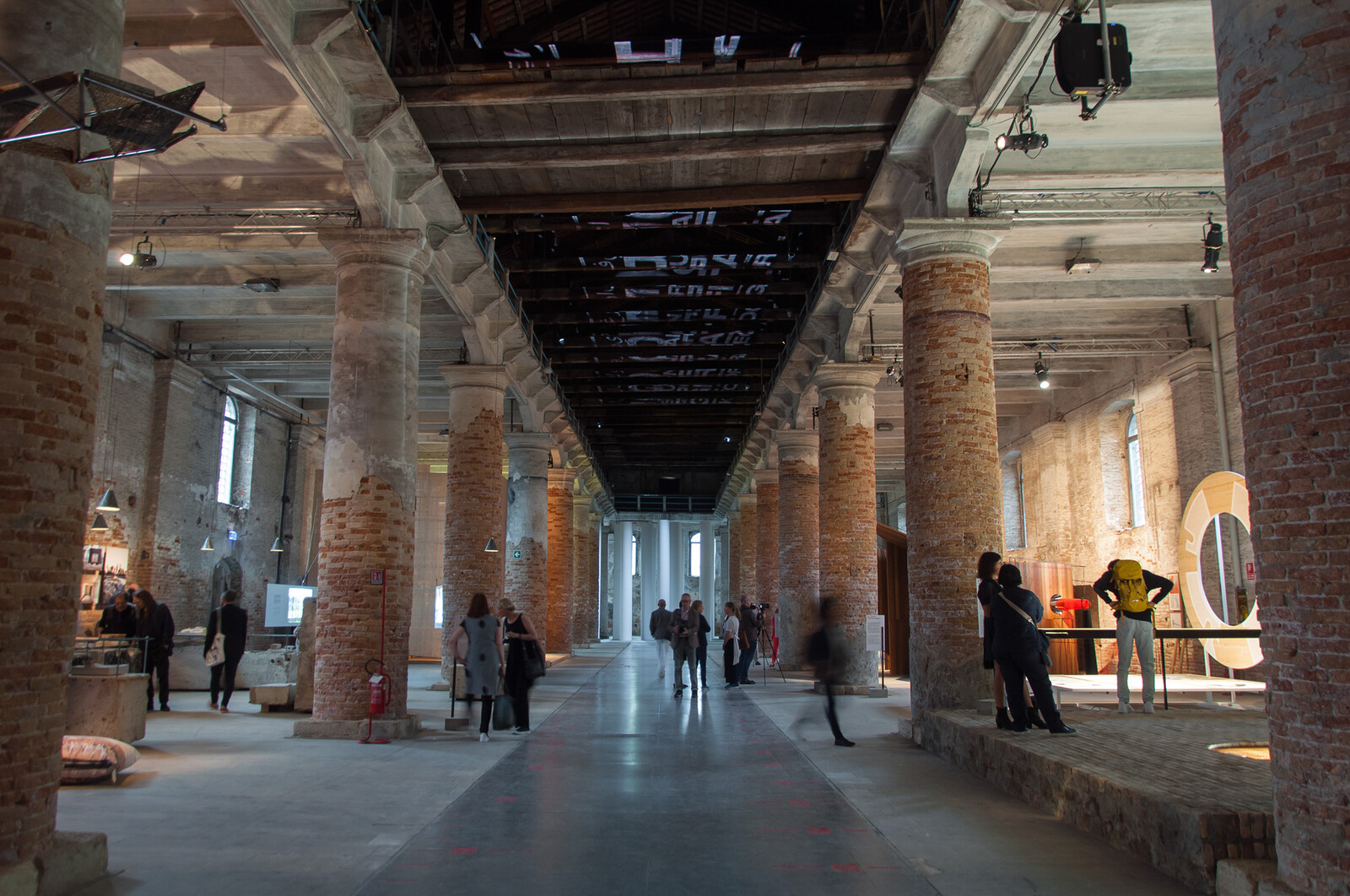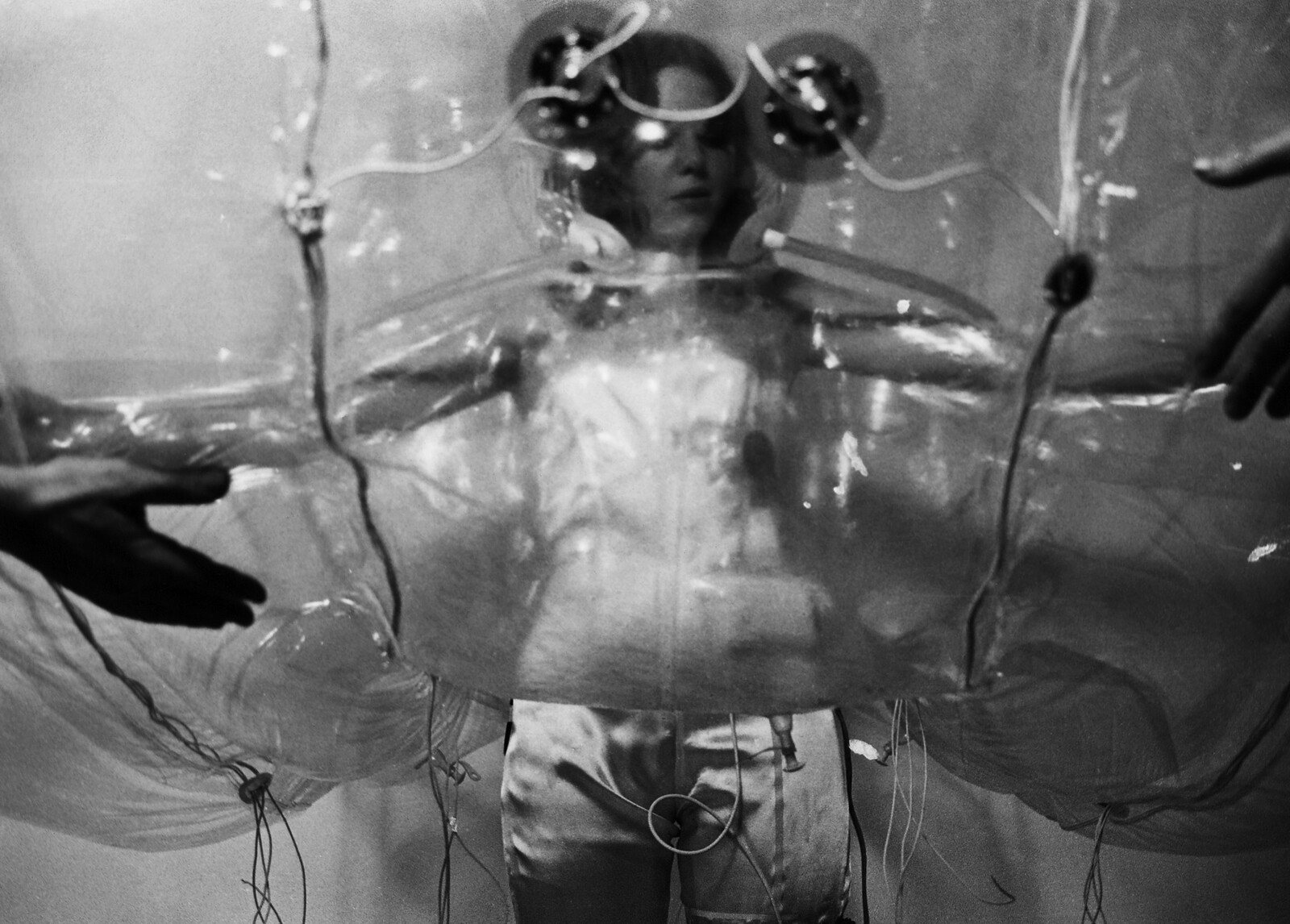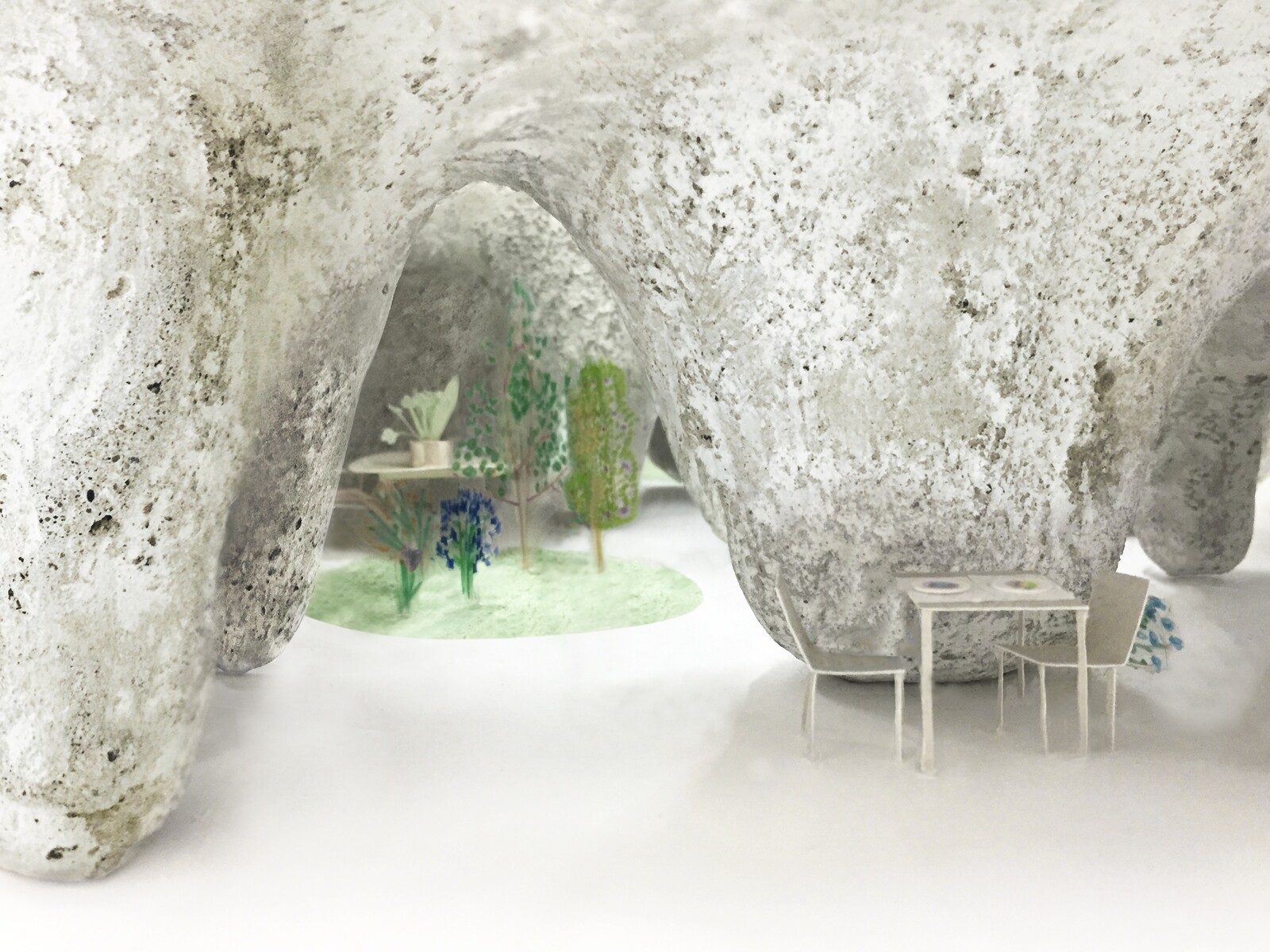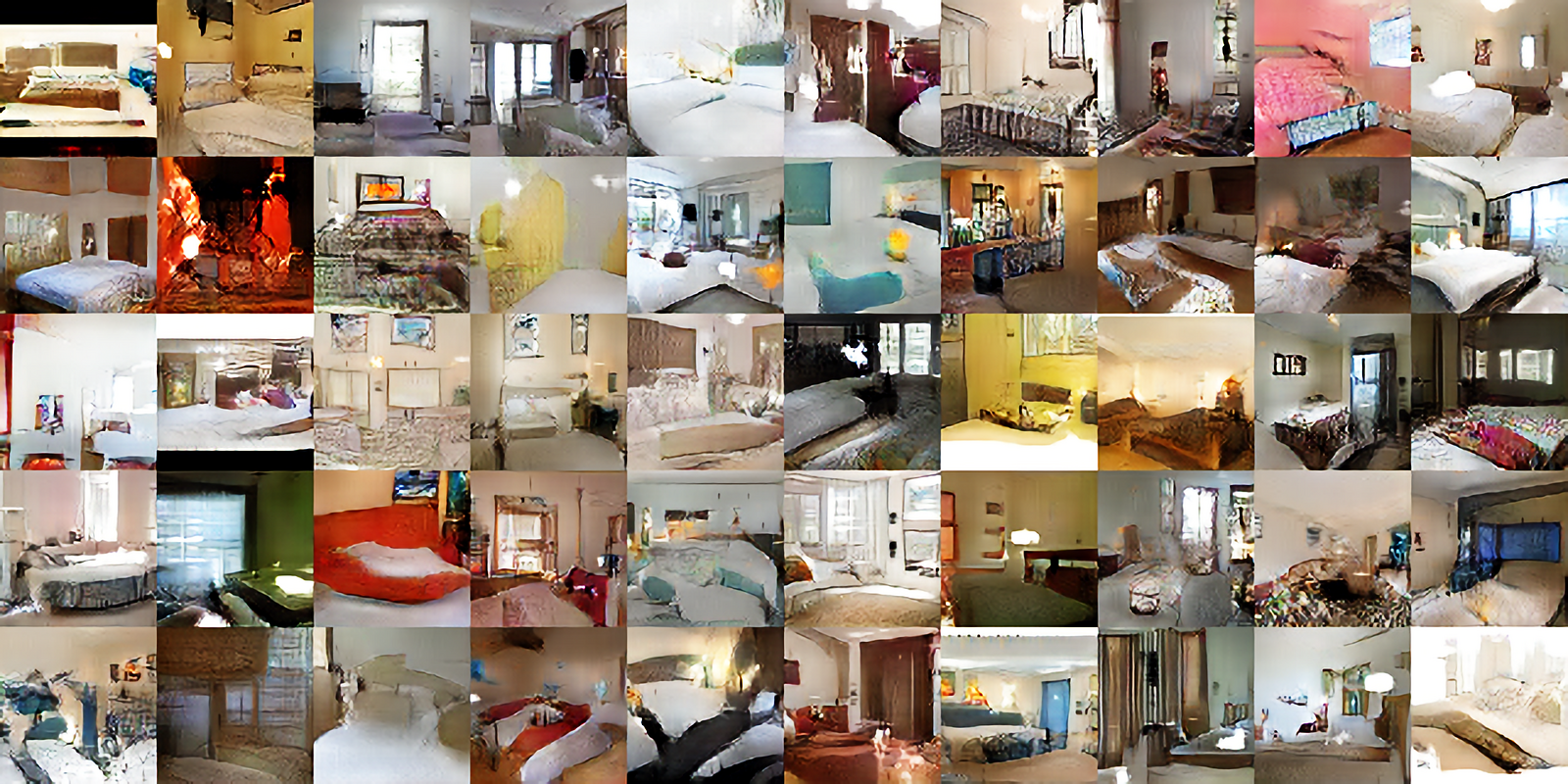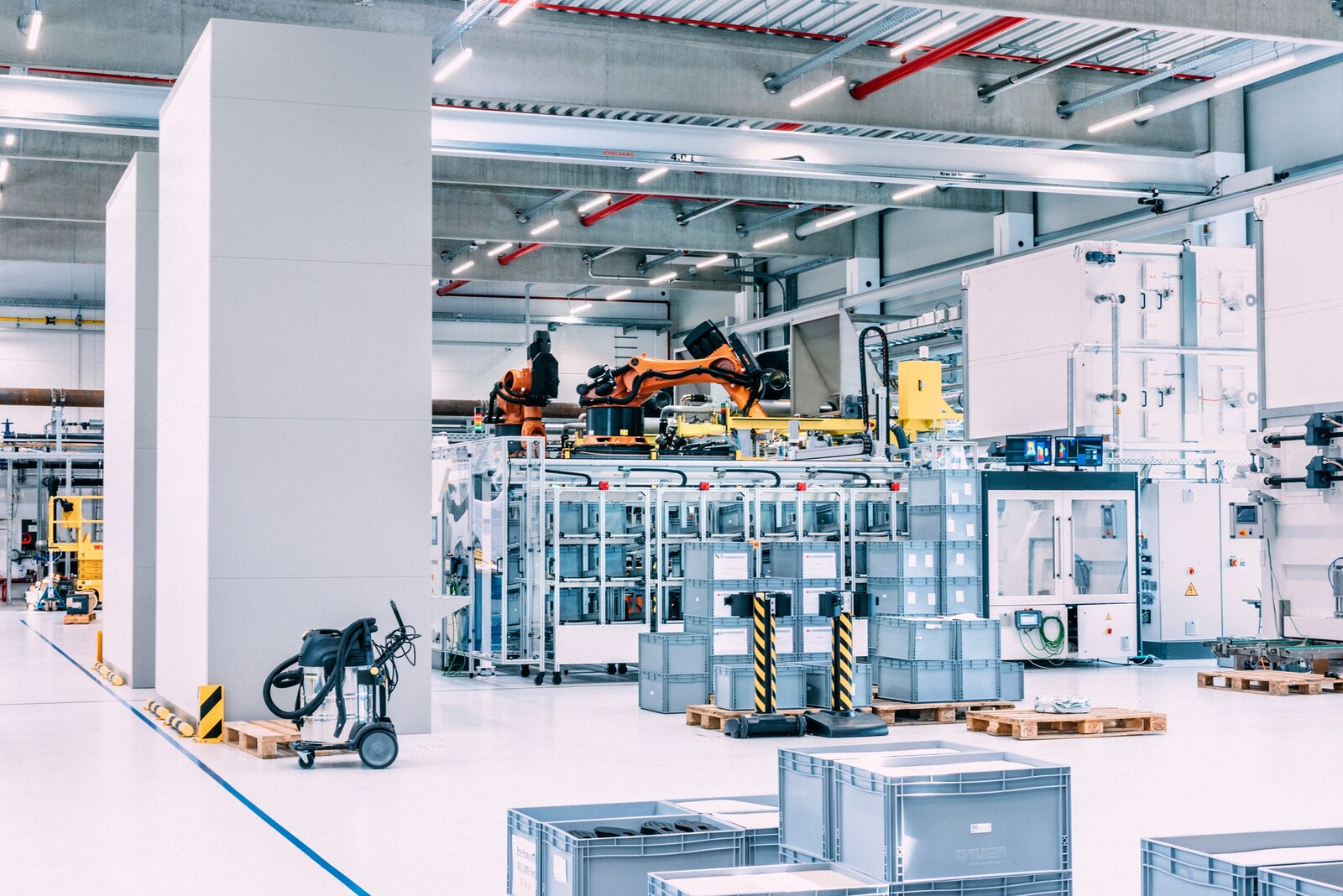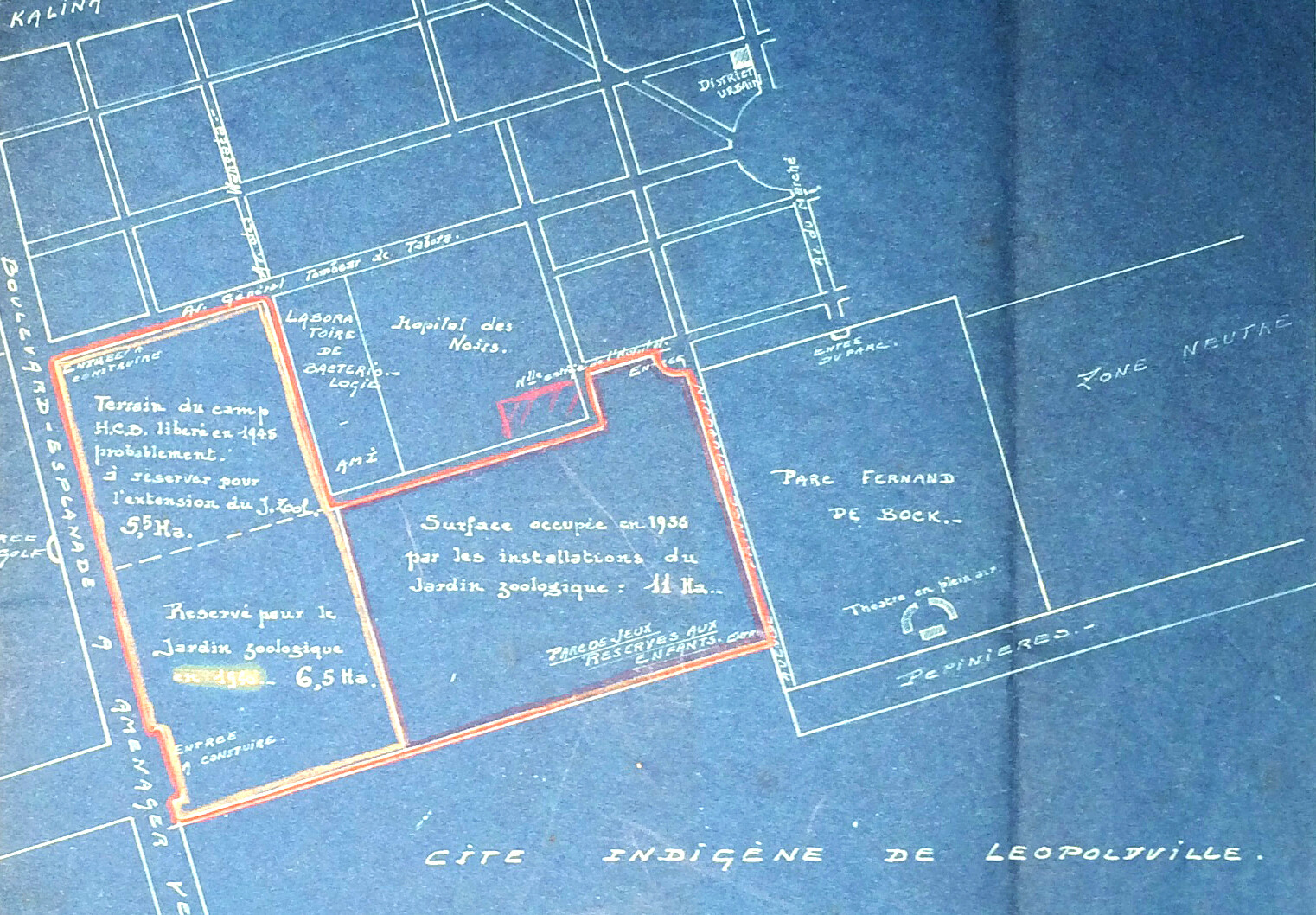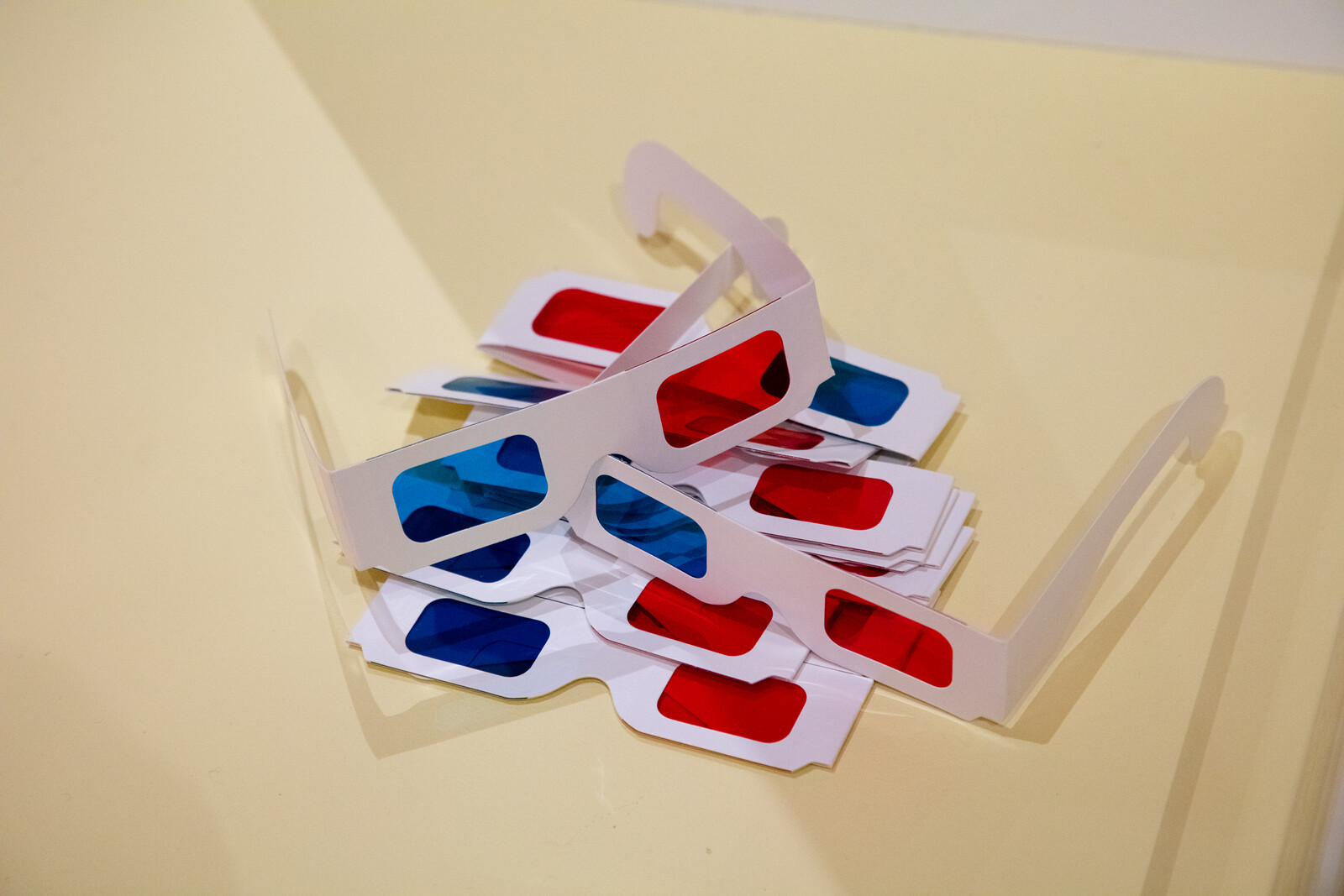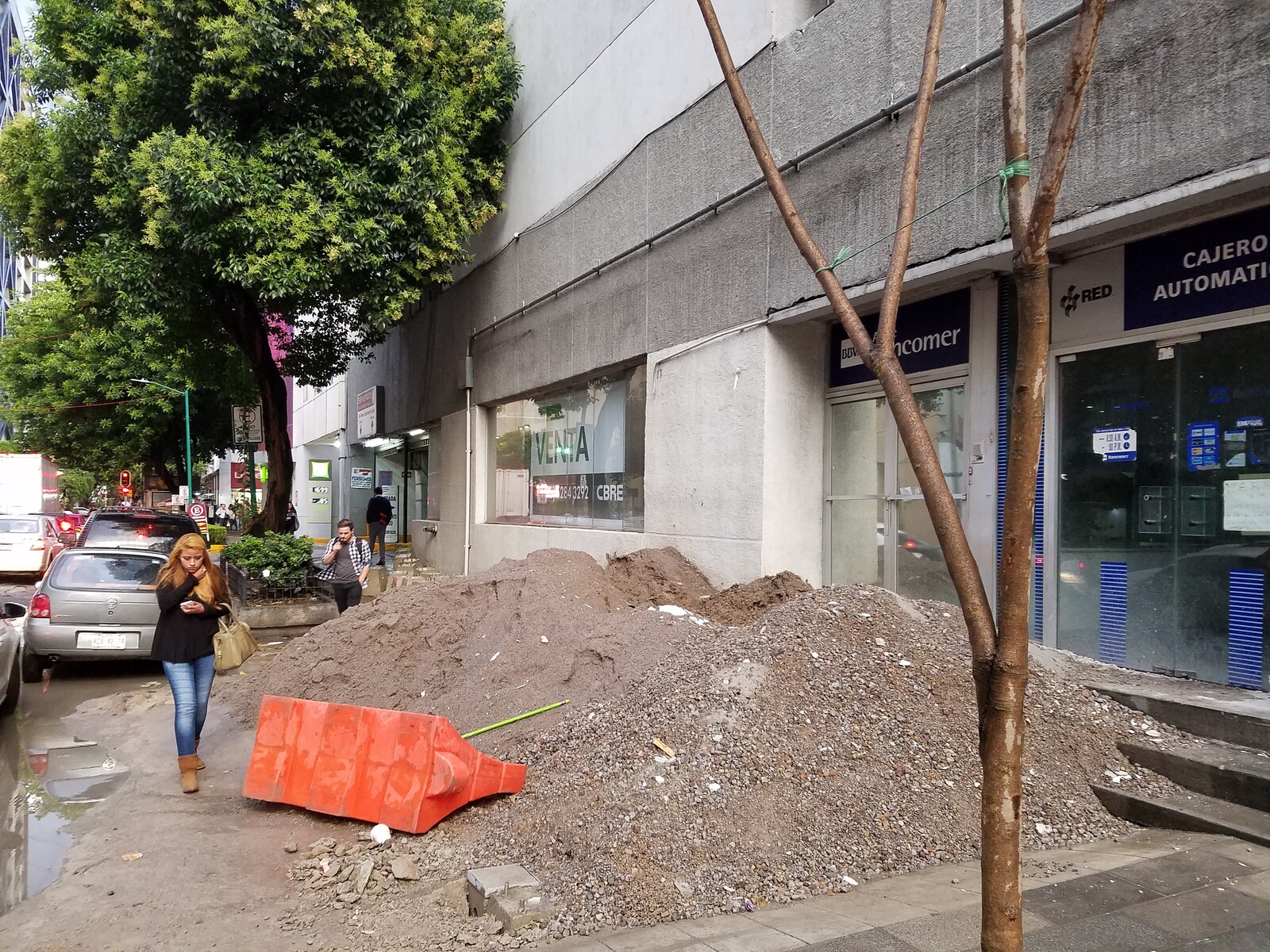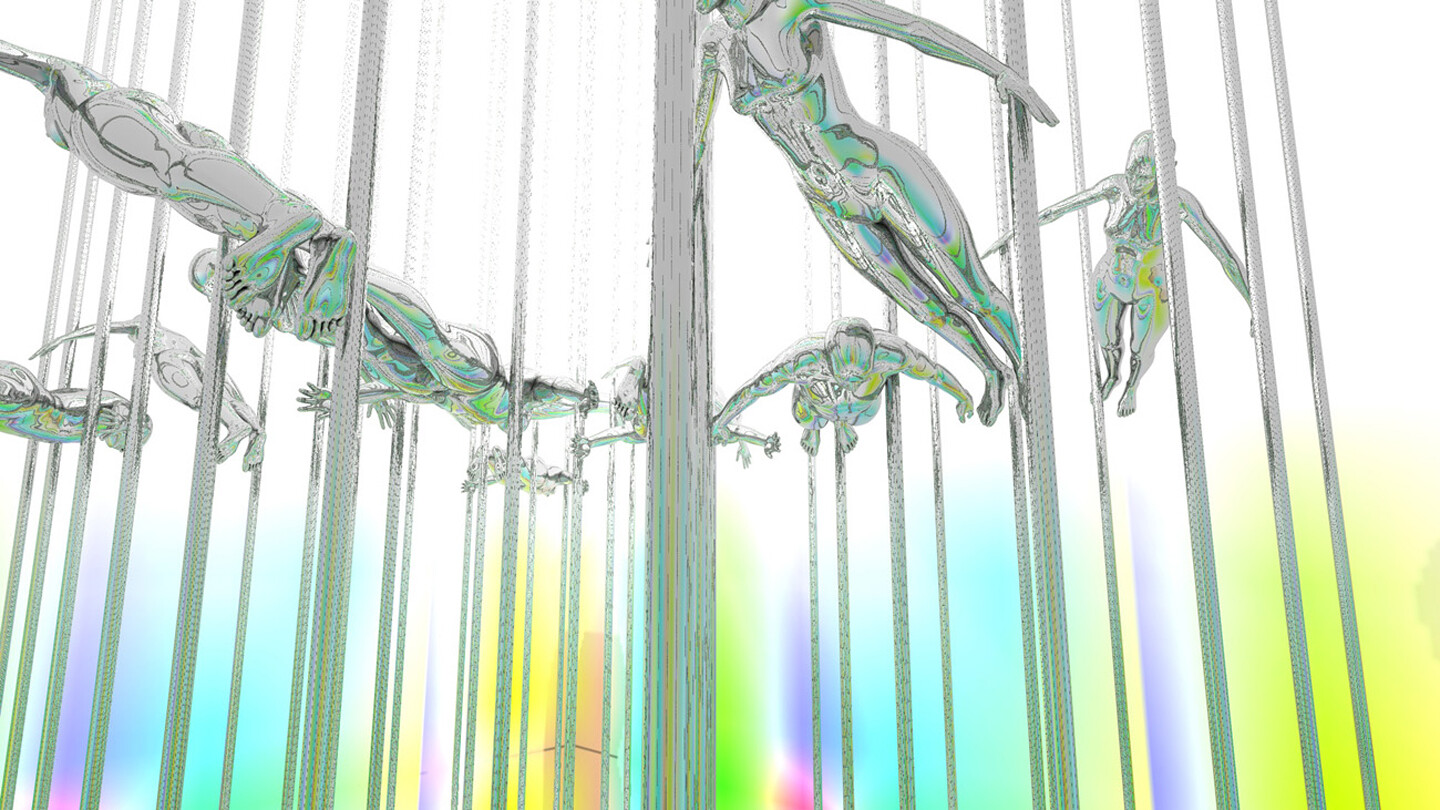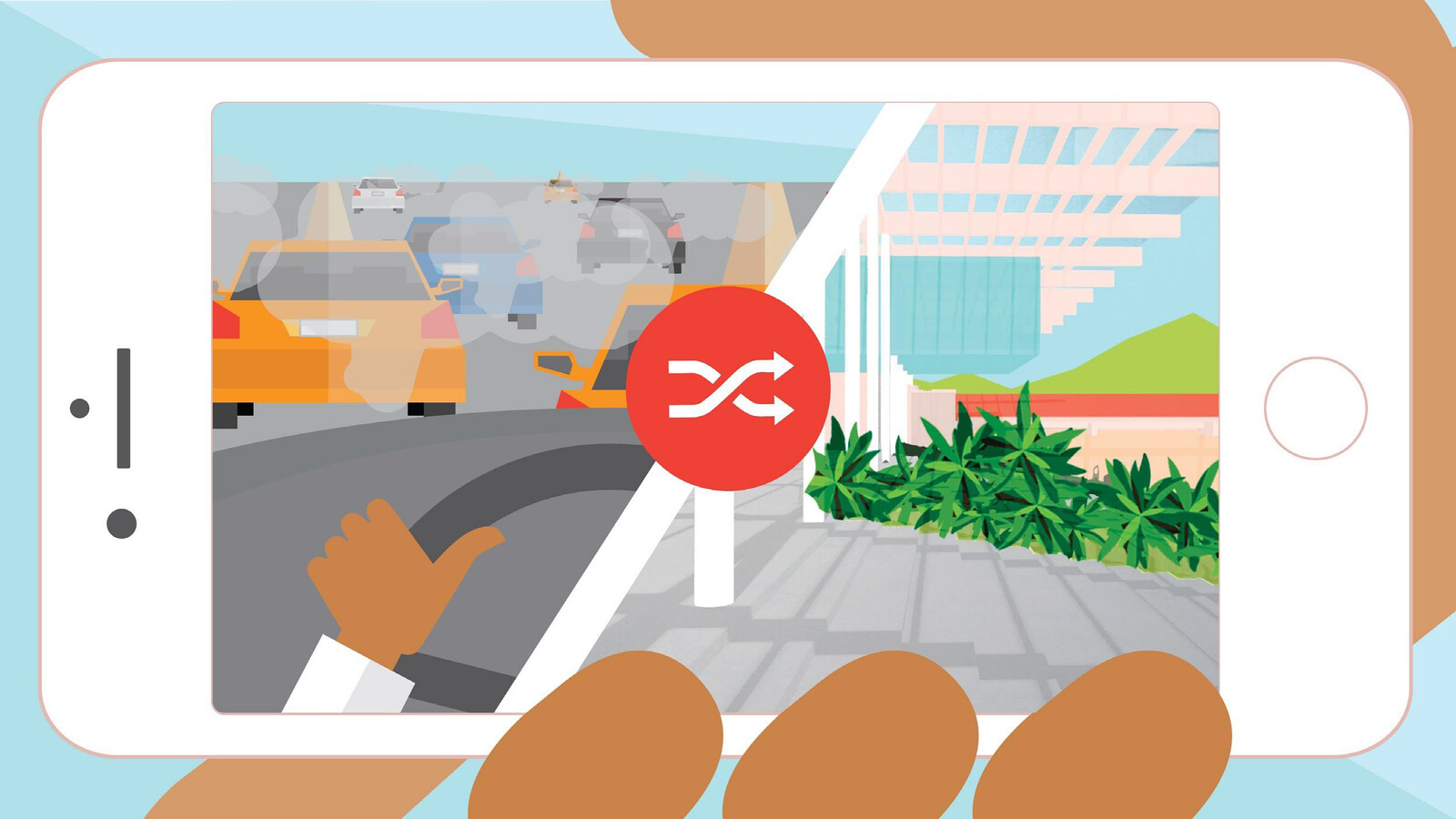In 2012, Facebook signed on its one billionth user. To celebrate the occasion, the company commissioned filmmaker Alejandro G. Iñárritu—of Amores Perros and Babel fame—to make their first-ever brand video, “to express what [their] place is on this earth.”1 Born eight years earlier as a Harvard “hobby,” Facebook had established itself as global socio-technical infrastructure, one that was transforming the way people “get together, open up,” and “feel human,” in the words of the company’s then-head of consumer marketing Rebecca Van Dyck.2 CEO Mark Zuckerberg sought to position his legacy within the “rich tradition of people making things that bring us together”; things—like doorbells, airplanes, bridges, and games—that “bring meaning to our lives.” Iñárritu, with advertising firm Wieden & Kennedy, sought to translate this expansive, invasive, insatiable network into an innocuously quotidian object. Facebook, they proposed, is like chairs.
Chairs. Chairs are made so that people can sit down and take a break. Anyone can sit on a chair and, if the chair is large enough, they can sit down together. And tell jokes. Or make up stories. Or just listen. Chairs are for people. And that is why chairs are like Facebook.
Doorbells. Airplanes. Bridges. These are things people use to get together, so they can open up and connect about ideas and music and other things that people share. Dance floors. Basketball. A great nation. A great nation is something people build so they can have a place where they belong.
The Universe. It is vast and dark. And makes us wonder if we are alone. So maybe the reason we make all of these things is to remind ourselves that we are not.3
Facebook shields us from the terrifying isolation of the universe, made all the more palpable in the ninety-second advertisement through Explosions in the Sky’s expansive, pensive soundtrack. By setting out a circle of chairs where we can gather together as an imagined community, Facebook gives us something to belong to: a music fan club, a basketball team, a nation, a fake-news-fed radical fringe group. As Kate Losse suggests, however, citizenship in Facebook Nation is delimited by the company’s leadership: “By virtue of their influential position, these leaders are able to program both their desired political content and the means by which the content is shared. The job of the user is to share the memes they create—to sit in the symbolic chairs they have built for their users and connect socially,” frictionlessly.4 With its metaphorical seats furnishing the means for sharing, belonging and fulfillment, Facebook fashions the ergonomics of digital citizenship and, as we shall see, shapes the subjectivity of the digital laborer.
The chairs and tables of digital work
For those who actually occupy Silicon Valley’s real chairs and tables, these furnishings quite often create the material conditions for compulsory community, coercive commitment, and competitive productivity.5 The digital workplace’s in-house cafés with their mix of picnic tables and mid-century Modern, the break-out spaces with their bean-bag chairs, the stylistically distinctive “neighborhoods” assigned to different work groups—all aid, Alexandra Lange says, in cultivating “serendipity” and innovation, in fostering creativity, and in building company culture.
The more you have on campus, the less need there is to leave it, and the longer employees stay. The longer they stay the more work they do. The more open the office, the more varied and appealing its spaces and foodstuffs, the more encounters they have. And the more encounters they have, the longer the chain of innovation grows.6
Of course researchers, consultants, designers, furniture manufacturers, and employers since the turn of the twentieth century—from Frederick Winslow Taylor and Frank and Lillian Gilbreth, and Melvil Dewey’s Library Company, to Florence Knoll, Robert Propst, and Herman Miller—have long recognized that the workplace can be affectively orchestrated in order to boost productivity.7 What began as an open office with linear rows of desks then morphed into an “office landscape” (Bürolandscahft) featuring organic clusters of workstations and programmed spaces for leisure.8 Then arose the cursed cubicle, that apparatus for administrative ennui.
Contemporary markets recognize “experience” itself as a commodity and “affect” as labor, and this new political economy has informed the ways companies manage and design for their workforce. We might say that today’s sites of digital and affective labor—self-consciously designed, with their whiteboards and standing desks, to generate serendipity and “wellness”—become augmented-reality showrooms for the Californian Ideology.9 Ubiquitous California-blonde tables and fancy task chairs constitute a stage-set where employees can “perform” communal participation, where people’s physical presence is overlain with Instagram feeds and Slack channels, and where myriad surveillance technologies can monitor the activity.10 It’s no surprise, then, that the production designer and set decorator for HBO’s Silicon Valley are famously meticulous in their research, which involves regular visits to tech companies’ offices and consultations with furniture companies.11 They recognize that furniture embodies characters’ personalities, conjures up corporate cultures, and can even drive the plot.12
Enforced sharing is made easier when those tables are reeeaaallly long. DMM, a video- and game-streaming platform, recently installed in its Tokyo office a one-kilometer-long desk that serves to connect workstations in a “soft fashion” and thereby, ostensibly, facilitate communication.13 The desk’s surfaces feature wild wave-and-grid patterns reminiscent of vintage “cyberspace” CGI, a psychedelic aesthetic that continues elsewhere in the office, where teamLab Architects created an immersive orientation and wayfinding installation. Clive Wilkinson Architects, who in 2005 designed the first Googleplex in Mountain View, prototyped a similar “continuous desk” in New York in 2014 for interactive marketing firm The Barbarian Group—which, as its name implies, prides itself on calculated aberrance. The 1,100-foot-long plywood and poured-resin “Superdesk” swoops throughout the firm’s office and accommodates up to 175 employees, serving as a “medium for connecting and centering a community.”14 As the agency itself puts it, the desk—in shiny, Apple-y white—offers “4,400 square feet of undulating, unbroken awesomeness to keep people and ideas flowing.”15
Yet there are sanctioned opportunities for escape from the obligatory togetherness. The desk’s swoops and swirls include archways that bare their plywood underbelly and lead to seven semi-private meeting spaces. As an immersive ideation machine, however, the desk promotes the continual circulation of conversation and strategy. Specialized teams will intermix, employees’ skills will juxtapose and meld, and combustive magic will arise. According to McKinsey consultants, “the best Valley companies” know that collaboration happens only when they “invest in an environment that fosters [it].”
It’s more than open office plans and Ping-Pong tables—it’s a culture where teams self-organize; people from various functions come together to work on specific projects by habit, not by exception; and good ideas gain momentum organically by attracting talent from around the business.16
Such intermingling might even transform office politics: workers of different species or castes might cultivate empathy for the beleaguered support staff or the micromanaging project manager. Another potential side-effect of all this togetherness and collaboration is, of course, the loss of individual subjectivity and privacy, but we’ll have to get back to that.
These long “sharing tables,” in their empyreal form, not only embody the ideology of the “cloud” age, but their conception and construction are also very much dependent upon the same digital technologies that make the cloud possible. Architectural metaphors of communality abound in the digital workplace: some offices have “village greens” and “markets,” while others have “neighborhoods” or “pods.” At the new Apple Park in Cupertino, Steve Jobs envisioned modular pods arranged in a repeating pattern—one pod for office work, one for teamwork, one for socializing—which would create opportunities for employees to “concentrate one minute and then bump into another group of people in the next,” according to architect Stefan Behling.17 The desks in those recycled-wood-paneled pods will be affixed to the walls with brackets that manage all the wires for connectivity and power, and (like many desks in many tech offices) will be adjustable in height. A convex button under the desk will raise the surface; a concave button will lower it. Apple also commissioned giant, custom eighteen-foot-long, four-foot-wide white oak “Pod Island” tables from Arco, a Dutch furniture maker.18 These big tables are for sharing.
Danish design is dominant in the digital workplace. Hans Wegner’s Papa Bear chair adds a bit of warmth and intimacy to Facebook’s cavernous new MPK20 building in Menlo Park, and chairs by Poul Kjærholm populate Apple hallways. Dani Arps, who’s “known on the NYC tech scene as the interior designer of choice,” is also a fan of Danish tables, chairs, and credenzas. Yet she also often integrates into her designs a signature piece: the Dani Lounge, a boxy, high-back loveseat surfaced with acoustic insulation that rolls around in plywood frame on casters. It’s a portable intimacy booth. In Arps’ work and elsewhere, we see lots of light woods—oak, maple, birch, and occasionally ash—which help to offset the typical architectural environments of contemporary business: stark concrete floors and exposed ductwork.19 Plants, carpets, dogs, and donut stands can balance out the harsh industrialism, too. Yet some startups, perhaps inspired by the tech industry’s humble garage origins (or chastened by the continuous boom-and-bust), opt for unfinished plywood. Konstantin Grcic’s raw Hack line for Vitra, Tobias Revell explains, is “designed to be drilled into, painted, and quickly flatpacked”; it embraces the idea that the “office building is itself transitory.”20 Mark Zuckerberg asked Frank Gehry to make his 40,000-square-foot office building—“the largest open-floor plan in the world”—feel tough and raw. “We want our space to feel like a work in progress. When you enter our buildings, we want you to feel how much left there is to be done in our mission to connect the world.”21 Hence: lots of plywood furnishings mixed in with the Gehry and Wegner.
Quite a few companies have fashioned wood into bleacher-style seating, which ostensibly serves multiple purposes: it allows the whole staff to gather for large presentations, and it lends itself to unscripted, informal use. Monumental raked seating also conveniently transforms those impromptu gatherings into a performance of “casual communality.” Bleachered co-workers can model for the rest of the staff: this is how you do it; this is how you build a “culture where teams self-organize” and “good ideas gain momentum organically.” Even walls can aid in promoting the spectacle of serendipity. Ubiquitous whiteboards, which sometimes double as mobile space-partitions, draw co-workers together to “ideate” and to exhibit their design thinking in a Dry Erase extravaganza. Evernote, meanwhile, perhaps in keeping with its mission to “remember everything,” paid homage to the whiteboard’s ancestry by commissioning chalk artist Dana Tanamachi to draft a “wall sized representation of the company’s identity” in the lobby, right beside the plywood coffee bar and Wegner Shell chairs.
The digital workplace is meant to be a material manifestation of a company’s ideal virtual self—an architectural selfie taken from its “good side.” As designer Lauren Geremia said of her work for Instagram: “I wanted to balance the newness of the company and office space with vintage furniture and objects,” including artfully displayed vintage cameras. “To achieve a warm look we used material that felt residential—wood, warm colors, and leathers. We purchased retro lighting to emulate Instagram filters.”22 Employees can thus Slack away in the flattering glow of their favorite filters: Mayfair, Valencia, and Nashville (which could also easily pass for conference room names at a beauty startup).23 Old media become ornament; new media become ambience. Even books are cosmetic. At Lumosity, an online “brain training” program, Geremia stocked the library from Books by the Foot, which sells books in chromatically harmonious bundles (“Go Medieval” and “Wine at the Vineyard” are among the available sets). These tomes aren’t really for reading; they’re there as decoration, to signal erudition.
Turning the tables
Tech companies and their architects and interior designers create immersive sets—augmented architectural realities—where workers perform their roles as engaged, enthusiastic, tireless team players. Yet these sets obligate company leadership to perform, too. Some start-ups, striving to project confidence and competence to a new workforce and potential investors, often spend big on furnishings before they can afford it. Such conspicuous consumption characterized the first dotcom boom too, when Herman Miller’s Aeron chairs rolled through every Silicon Valley and Alley office.24 “For the dotcoms at the time it was all about ‘burn rate,’” Tom Foremski explains; “you had to spend the money you raised as quickly as possible. The logic at the time was that if you weren’t spending money as fast as possible you weren’t working hard enough.”25
Paranoia and precarity still permeate the digital workplace’s pods and neighborhoods, which reside not only in the corridors of Google and Facebook, but also in co-working spaces populated by freelancers. “The spacious lounges, sleek desks, fair trade coffee, and calming ambient music” provided at places like WeWork, Renyi Hong argues, “may help blunt the anxieties of precarity, cultivating the psychologies which enable workers to realize their laboring potentials despite difficult conditions.”26 The folks designing those workplaces might find themselves in similarly instable positions; quite a few start-ups have found designers through Homepolish, “a platform to pair hand-picked interior designers with clients, who hire them by the hour, rather than by the project.”27 It’s a TaskRabbit for interior designers. And at lots of the big tech companies, plenty of staff—particularly those who mop the concrete floors and serve “ketogenic” lunches in the café—can’t afford to live anywhere near their places of employment.28
Despite all the talk of collaboration and egalitarianism, some digital workplaces are still monarchies reigned over by an enfant terrible in a hoody, or oligarchies controlled by “children standing on each others’ shoulders in a trenchcoat,” as Ingrid Burrington likes to say.29 They probably sit in fancy CEO chairs in frosted-glass offices, hidden away from the open fields of beanbag chairs and bleachers. Meanwhile, for most other employees, there are few places to hide. They, too, are obligated “to sit in the … chairs [their employers] have built,” as Losse said of Facebook’s users, and force themselves to “connect socially.” Furnishings scaffold techniques sanctioned for the productive (and mindful, and calculatedly relaxed) body.30 Managers can then scan the long tables and bleachers to “identify ‘stragglers,’ people who fail to communicate enough or offer ideas of sufficient quality” on the whiteboards and Post-It walls. “The ‘always-on’ culture,” Hong writes,
involves a coercive dimension of surveillance, where workers are evaluated for their capacities to thrive in a highly communicative environment. Though different from the cubicle, the pleasurable open office is also built according to the dictates of efficiency: those who do not meet the standards of communicative value are thrown out.31
Employees who are in any way disenfranchised or marginalized—people without the right personality or pedigree, those lacking in cultural capital, people of color, women, those who are gender non-conforming, people from “weird countries,” folks who don’t like basketball or grapefruit or hugs—might find that the fishbowl feels more like a freezer: las hierelas, those cells in Border Patrol processing centers along the US/Mexico border where migrant detainees are continually surveilled and evaluated for their right to belong. Iñárritu used Facebook’s Oculus Rift to approximate this harrowing border experience in his 2017 virtual-reality installation, Carne y Arena (Virtually Present, Physically Invisible), the first ever to debut as a part of the Cannes Film Festival.32 For some digital laborers, the open plan office might be more of a metaphorical Sonoran Desert than a “village green.” I don’t mean to equate the travails of cross-border migration with workplace discomfort. Yet it’s no coincidence that in both the VR installation and the digital workplace, itself an uncanny augmented-reality experience, technology is marshalled to enforce empathy and connection, with little recognition that those same technologies are often used to surveil and alienate and incriminate. For those other subjectivities and bodies (real, not virtual, carnes) around the Pod Island tables and bleachers, those seemingly innocuous architectural forms meant to help people “open up” and “feel alive” might instead make them feel alone in the universe.
In an industry in which one in three women fears for her personal safety because of repeated sexual harassment, in which her technical competence is repeatedly called into question, in which only about five percent of technical roles are filled by black and Latino workers, in which LGBTQ workers are paid considerably less than their straight colleagues, industry leaders have to acknowledge that collaboration and collegiality mean different things to different people—particularly when those people are routinely demeaned and devalued.33 Openness and visibility aren’t universally empowering. The Cooks and Khosrowshahis of the world (and not their outsourced janitorial staff) need to set out more diverse chairs for more diverse contributors, to allow them to turn the tables, to change the culture. And then, once that’s underway, they can worry about cord management and in-house coffee roasters. In the meantime, they can’t simply expect those Papa Bear chairs to hug away workplace inequities.
Quoted in Chris Crum, “Facebook Now Has a Billion Active Users, Zuckerberg Compares It to Chairs,” WebProNews (October 4, 2012): ➝.
Quoted in Ann-Christine Diaz, “Behind Facebook’s Emotional Ad from Wieden & Kennedy,” Ad Age (October 4, 2012): ➝.
See ➝.
Since the 2016 US presidential election, it’s become clear that Facebook plays a critical role in filtering news and shaping public discourse. See Kate Losse, “Mr. Zuckerberg Goes to Washington,” Dissent (Fall 2013): 57.
For more on digital labor, see the work of Karen Gregory, Trebor Scholz, and Tiziana Terranova.
Alexandra Lange, The Dot-Com City: Silicon Valley Urbanism (Moscow: Strelka Press, 2012).
See, for instance, On the Job: Design and the Americna Office, Broikos Chrysanthe and Donald Albrecht eds. (New York: Princeton Architectural Press, 2000); Renyi Hong, “Office Interiors and the Fantasy of Information Work,” Communication, Capitalism & Critique 15:2 (2017): ➝; Alexandra Lange, “White Collar Corbusier: From the Casier to the citiés d’affaires,” Grey Room 9 (2002): 58–79; Andrew Ross, No Collar: The Human Workplace and Its Hidden Costs (Philadelphia: Temple University Press, 2003); Nikil Saval, Cubed: A Secret History of the Workplace (New York: Doubleday & Company, 2014).
Andreas Rumpfhuber, “Housing Labor,” e-flux architecture (June 28, 2017): ➝.
See Richard Barbrook and Andy Cameraon, “The Californian Ideology,” Mute (September 1995): ➝, as well as the work of Fred Turner. For more on the treadmill desk and workplace “wellness,” see Tobias Revell, “Working Up a Sweat” Dirty Furniture 2: Table (September 2015): 146–159.
Facebook is developing new virtual—and augmented-reality uses for Oculus Rift that might have workplace applications. Facebook Spaces allows you to “create a 3D avatar of yourself and hang out with digital renditions of your VR-capable friends, talking, drawing objects, exploring 360-degree films”; perhaps tech workers could simultaneously “hang out” with co-workers at their offices’ long tables and hang out with a second, distributed group of colleagues on Facebook (Jessica Conditt, “Facebook’s Plans for Oculus are Finally Taking Shape,” Engadget (April 19, 2017): ➝.
Rebecca Charbauski, “Behind-the-Scenes of Silicon Valleys’ Sets,” Steelcase: ➝; Shaunacy Ferro, “How HBO Recreated the Studiedly Zany Offices of Silicon Valley,” Fast Co Design (April 25, 2014): ➝; Bryn Elise Sandberg, “HBO’s ‘Silicon Valley’ Tech Advisor on Realism, Possible Elon Musk Cameo,” Hollywood Insider (April 12, 2014): ➝; Varidesk “How the “Silicon Valley’ Set Stays Accurate And Up-to-Date,” Mashable (May 2, 2016): ➝.
See, for instance, the fifth episode of season three, “The Empty Chair.”
“The Barbarian Group,” Clive Wilkinson Architects (2014): ➝.
Quoted in Tim Nudd, “The Barbarian Group Just Built a ‘Superdesk’ That You Have to See to Believe,” AdWeek (February 18, 2014): ➝.
Digital McKinsey, “Digital Reinvention” (January 2017), 41, ➝.
Quoted in Steven Levy, “Inside Apple’s Insanely Great (Or Just Insane) New Mothership,” Wired (May 16, 2017).
Gregory Han, “This 112-Year-Old Company Is Making Enormous Tables for Apple Campus 2,” Design Milk (March 31, 2016): ➝; Kif Leswing, “Even the Tables as Apple’s New ‘Spaceship’ Campus are Insane,” Business Insider (April 6, 2016): ➝; Rain Noe, “Misunderstanding Materials: Incorrect Reports that Apple Has Contracted the Production of 18-Foot-Long ‘Continuous, Seamless White Oak’ Tables,” Core 77 (April 8, 2016): ➝.
Millions of ash trees are besieged by the emerald ash borer (which sounds like a great name for a ransomware attack).
Tobias Revell, “Working Up a Sweat” Dirty Furniture 2:Table (September 2015): 154.
Quoted in Amy Frearson, “Facebook Moves Into California Campus Designed by Frank Gehry,” Dezeen (March 31, 2015): ➝.
Quoted in Louise Hart, “15 Design Tips to Steal from Tech Startup Offices,” GQ (January 17, 2017): ➝.
Rosy Cherrington, “Best Instagram Filter for Selfies According to Actual Science,” HuffPost (September 17, 2015): ➝.
The new Aeron might be the $4900 Altwork Chair: “It’s a workstation that, with a push of a button, transitions from a standing desk to a seated table to a fully reclined platform like a dentist’s chair. Its seat expands and retracts, supporting the whole body from head to heels. Its desk moves up, down and rotates. There’s a screen and mouse and keyboard that follows the user’s eyes and hands.” Tracey Lien, “The $5,900 Chair May be the Tech World’s New Key to Productivity,” Chicago Tribune (September 30, 2016): ➝.
Tom Foremski, “The Motorized Standing Desk – Iconic Symbol of Silicon Valley Startup Boom,” ZDNet (November 27, 2013): ➝.
Renyi Hong, “Office Interiors and the Fantasy of Information Work,” Communication, Capitalism & Critique: Journal for a Global Sustainable Information Society 15:2 (2017): ➝.
Erin Griffith, “Meet Homepolish, the New Bootstrapped Design Company Decorating NYC’s Startup Offices,” Pando (July 1, 2013): ➝. See also Nick Srnicek, Platform Capitalism (Polity, 2016).
Julia Carrie Wong, “Silicon Valley’s Poorest Workers Tell Government ‘We Can’t Live Like This,’” The Guardian (January 28, 2016): ➝. Christian Zlolniski has been writing about immigrant labor in Silicon Valley for nearly 20 years.
See ➝.
Marcel Mauss, “Techniques of the Body” Economy and Society 2 (1973): 70–88.
Ibid., Hong. Karen Gregory agrees that the “data economy … not only freights in longstanding racialized and gendered inequalities, discriminations, and biases; it also produces a structure dependent on the very notion of measure, comparison, and hierarchy.” See Karen Gregory, “Weird Solidarities,” Dis (2015): ➝.
See ➝.
“Women, Work, and the State of Wage Inequality,” Hired (2017): ➝; Liza Mundy, “Why Is Silicon Valley So Awful to Women?” The Atlantic (April 2017): ➝; Alexandra Simon-Lewis, “What Is Silicon Valley’s Problem With Women?” Wired (June 12, 2017): ➝; Anna Wiener, “Why Can’t Silicon Valley Solve Its Diversity Problem?” The New Yorker (November 26, 2016).
Positions is an independent initiative of e-flux Architecture.
Category
Positions is an initiative by e-flux Architecture.
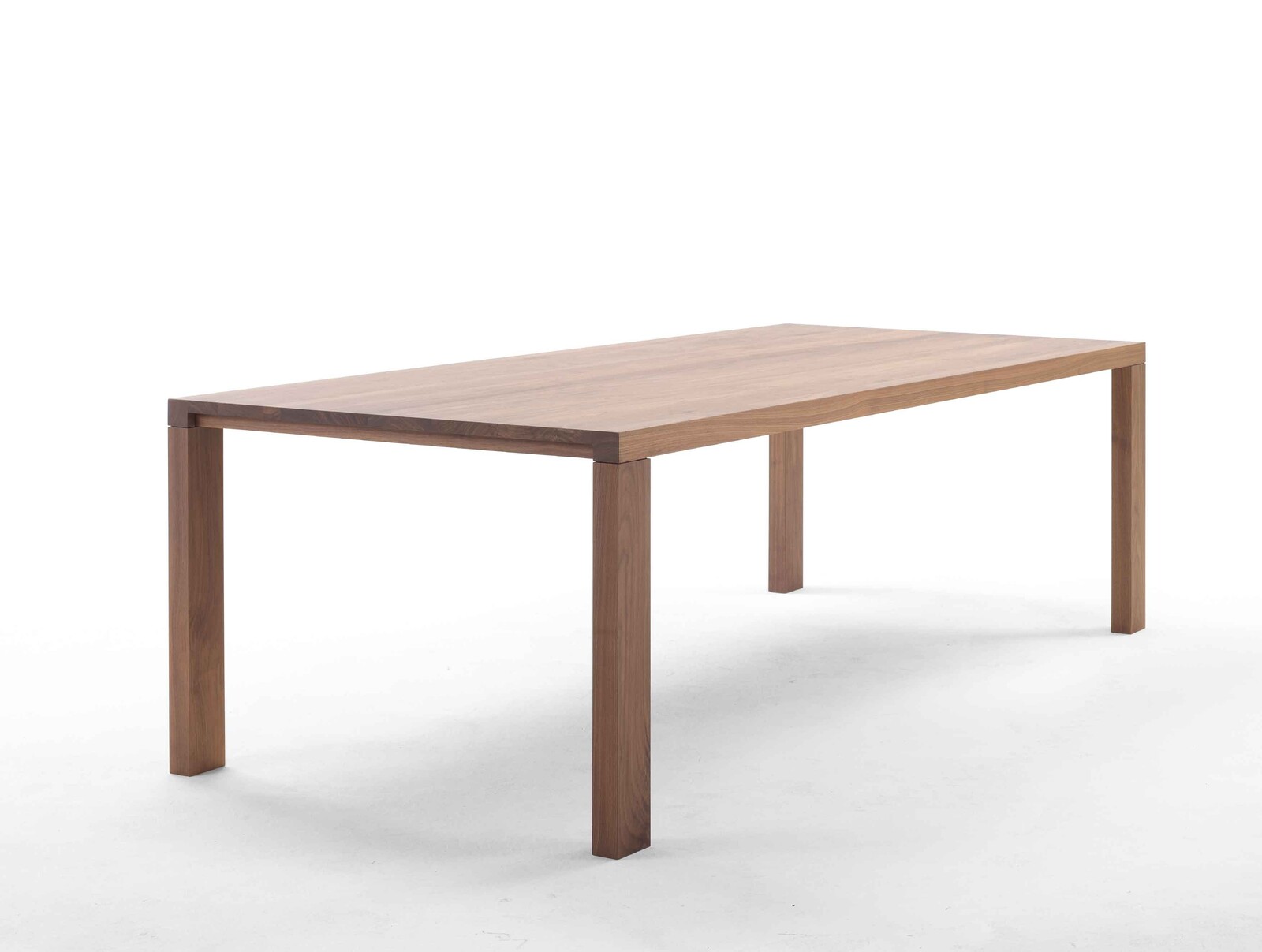
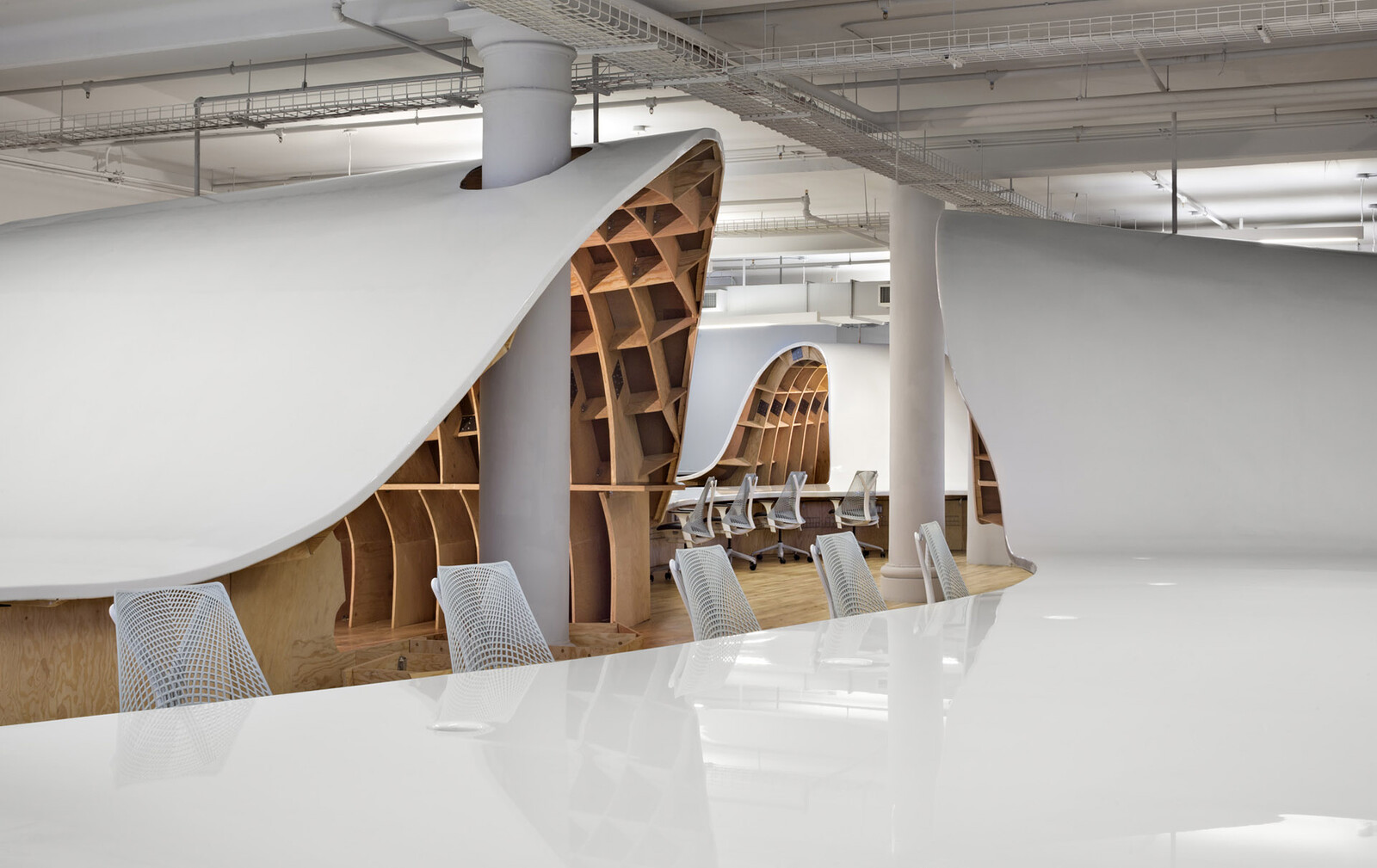



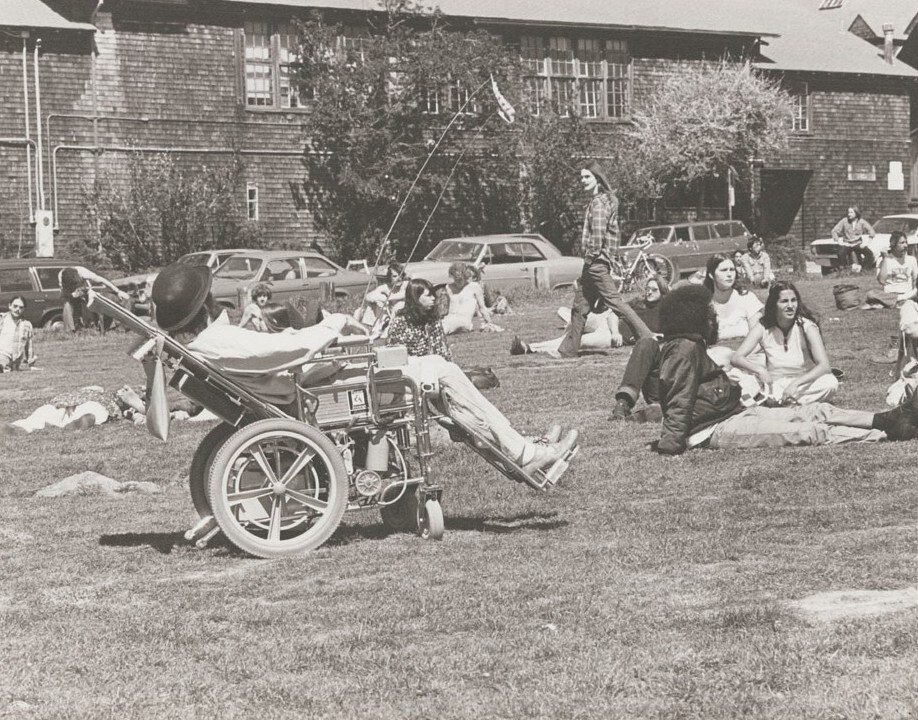
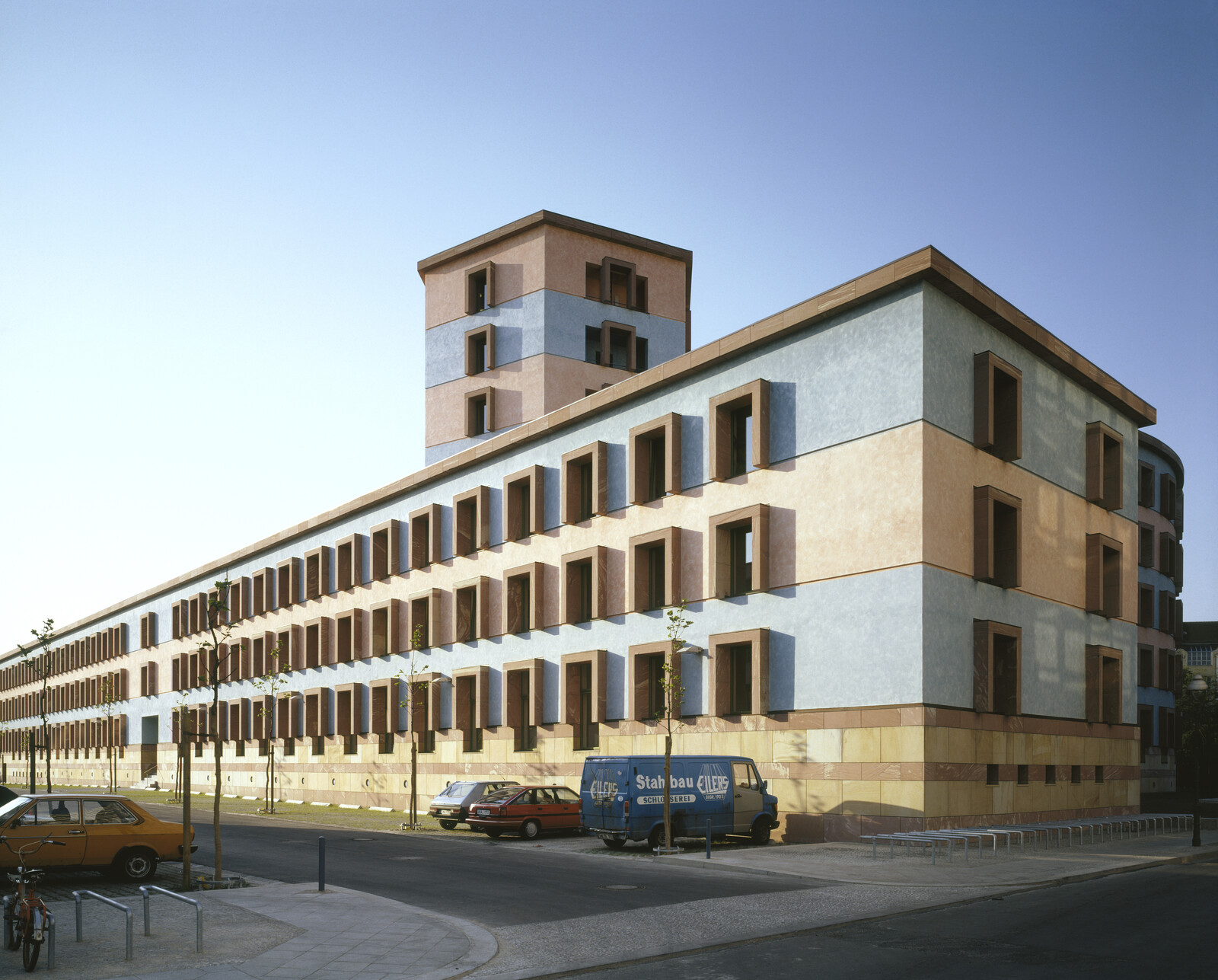
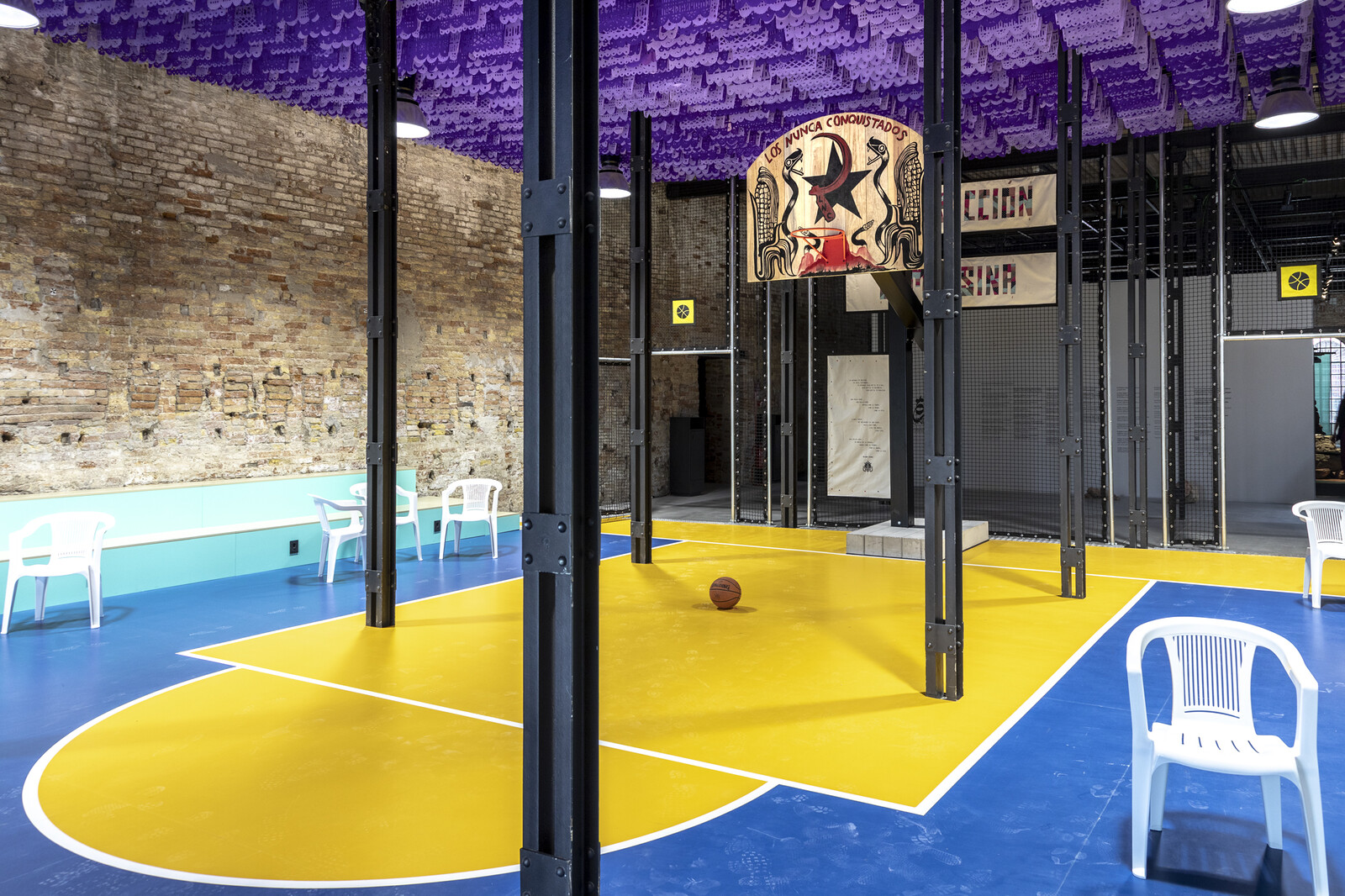

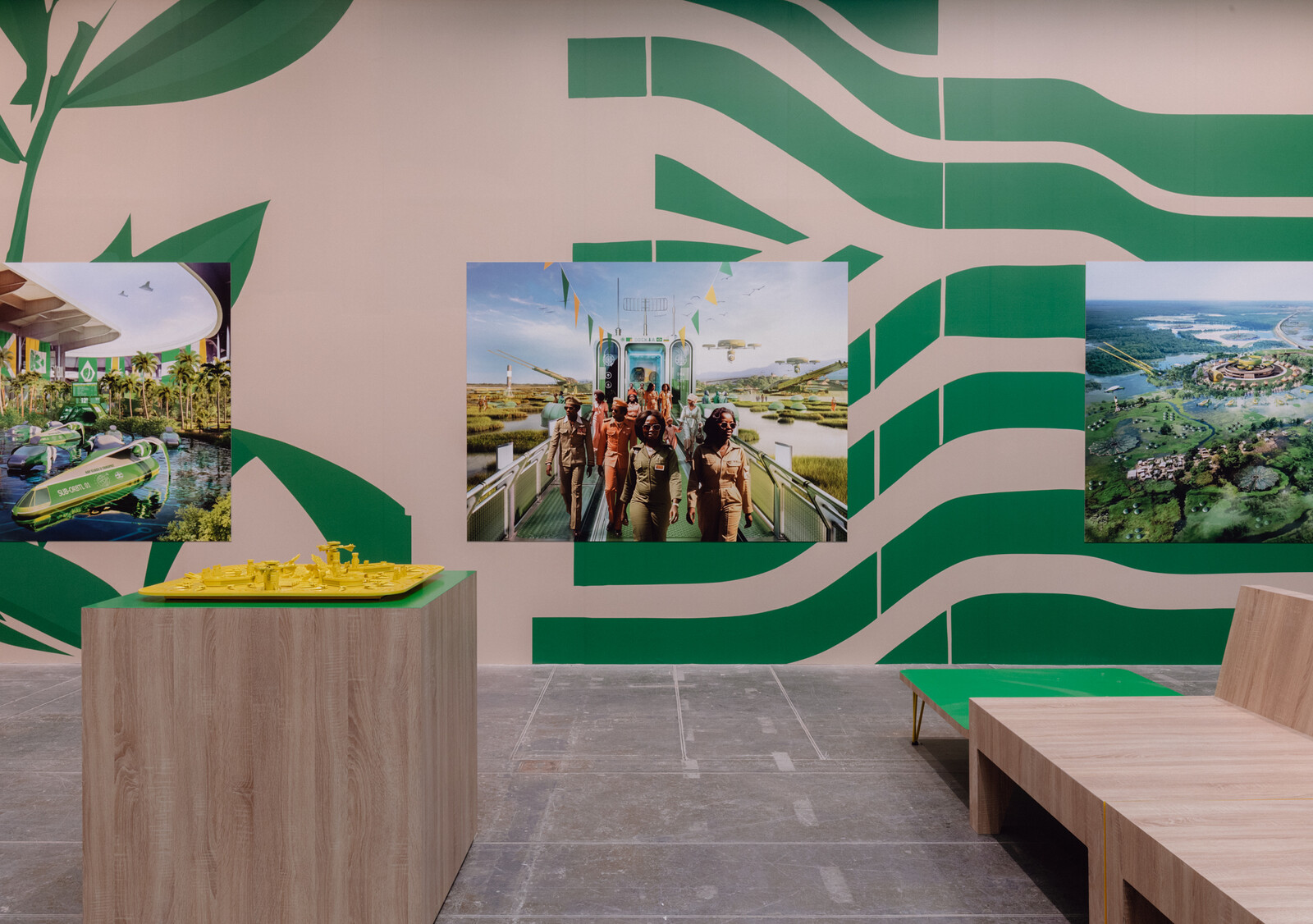


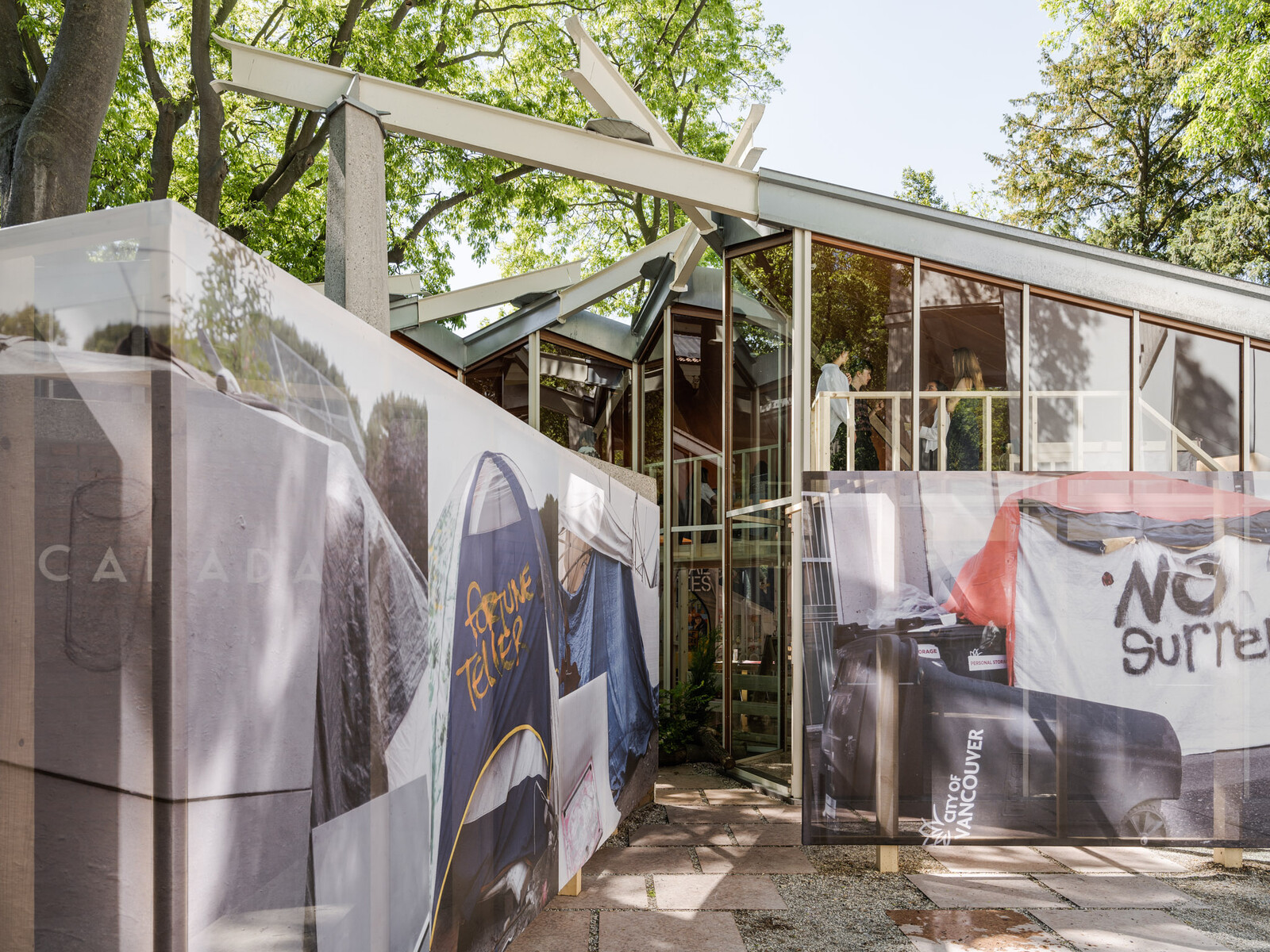

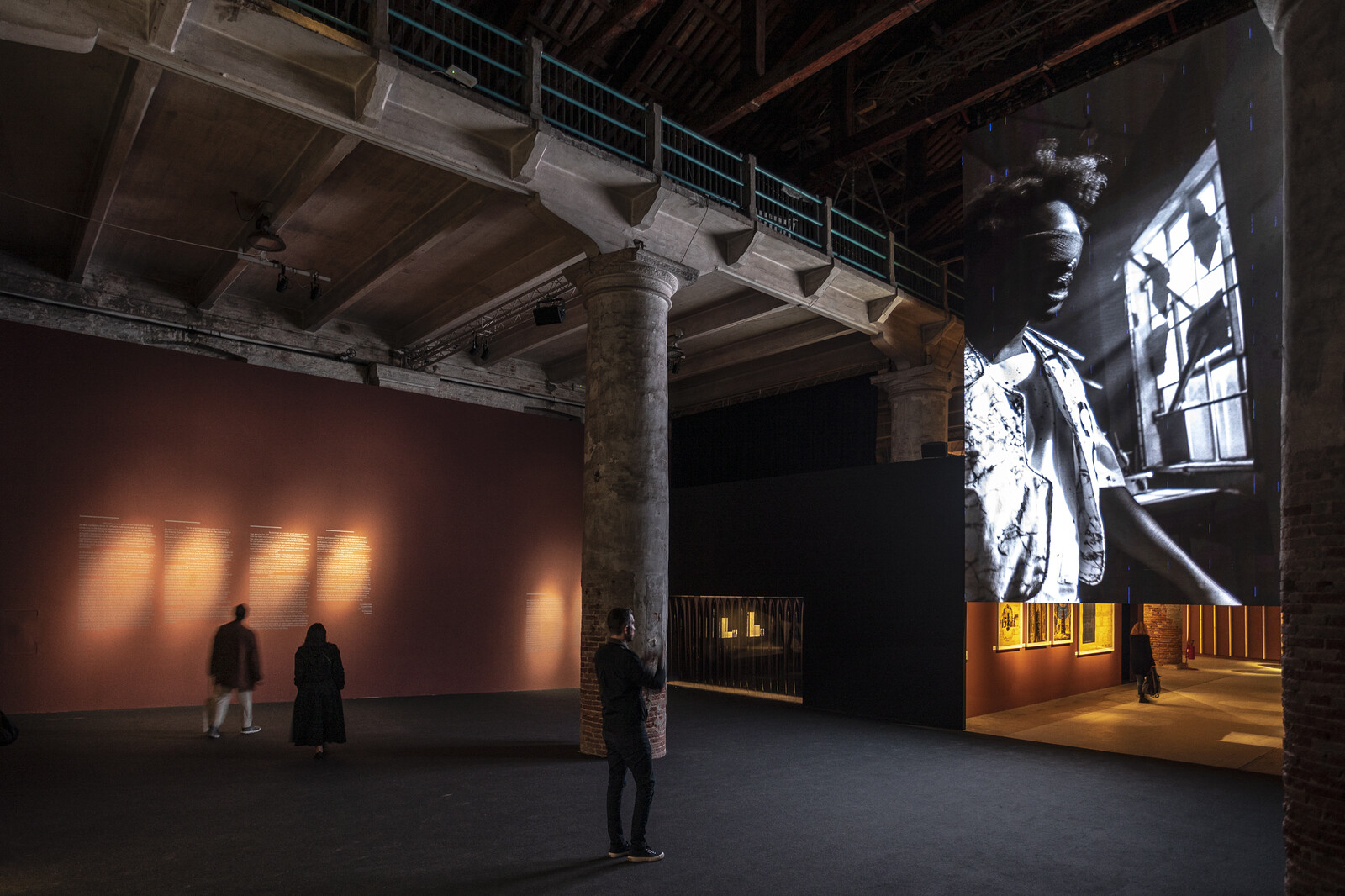




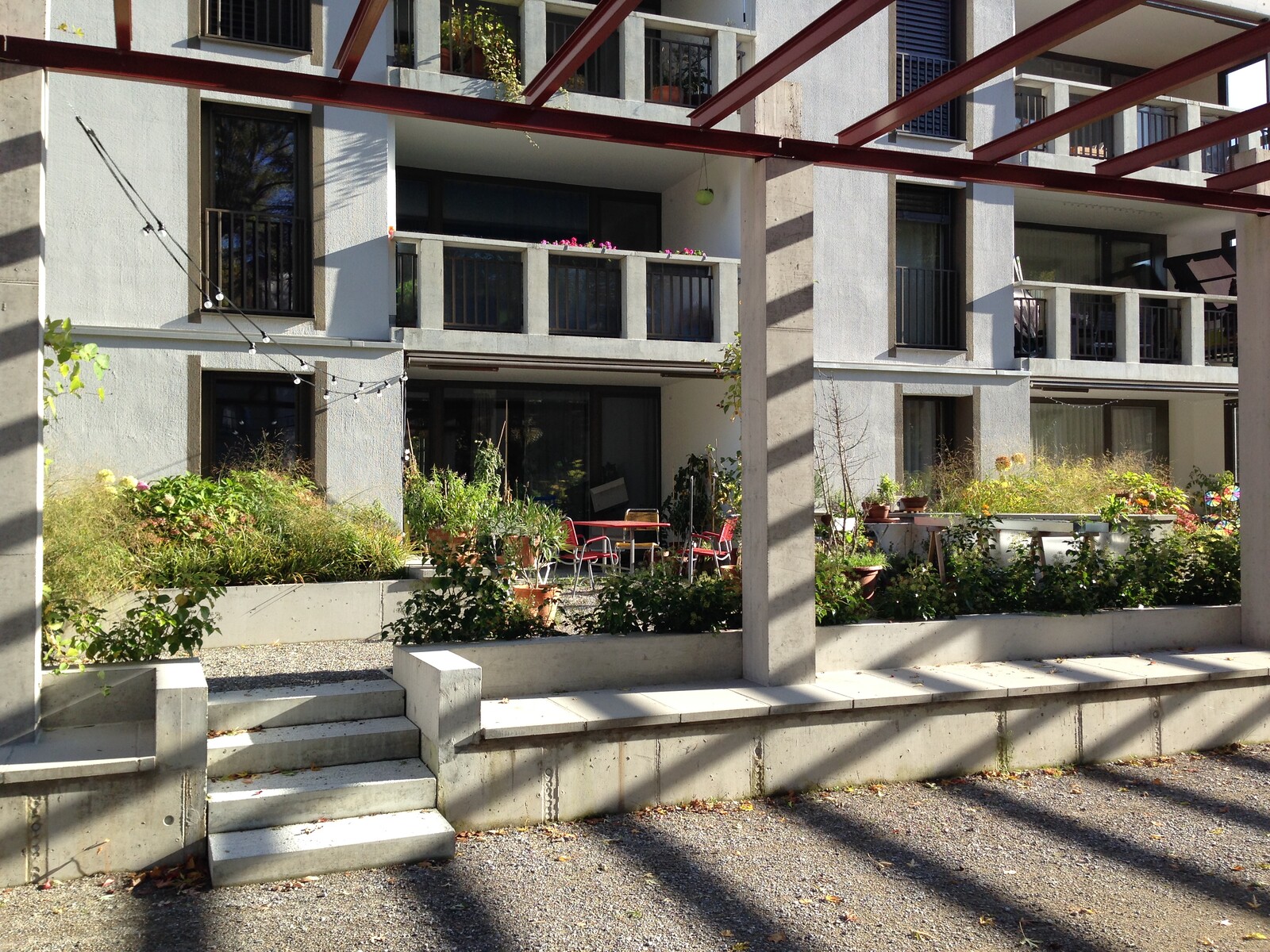


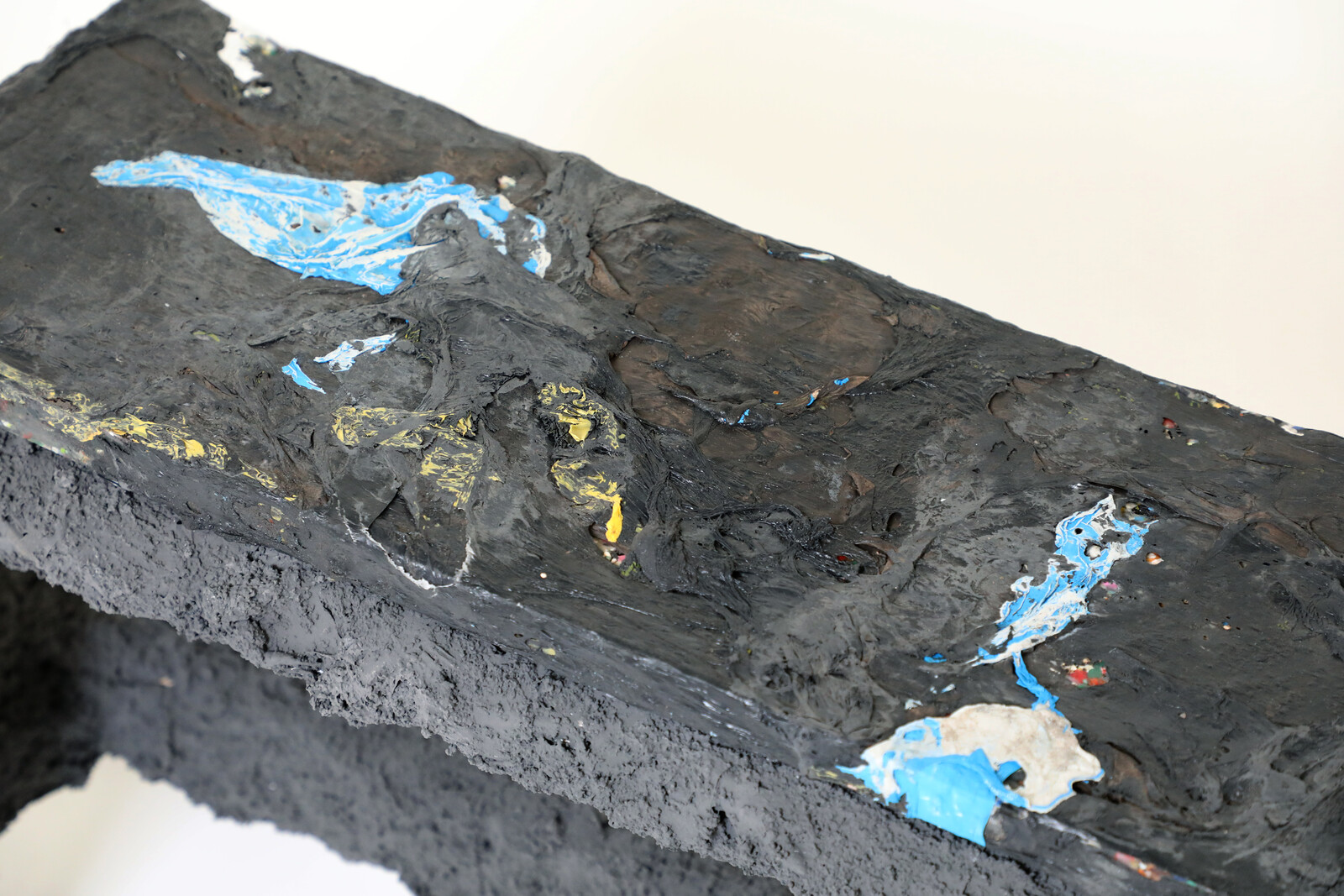
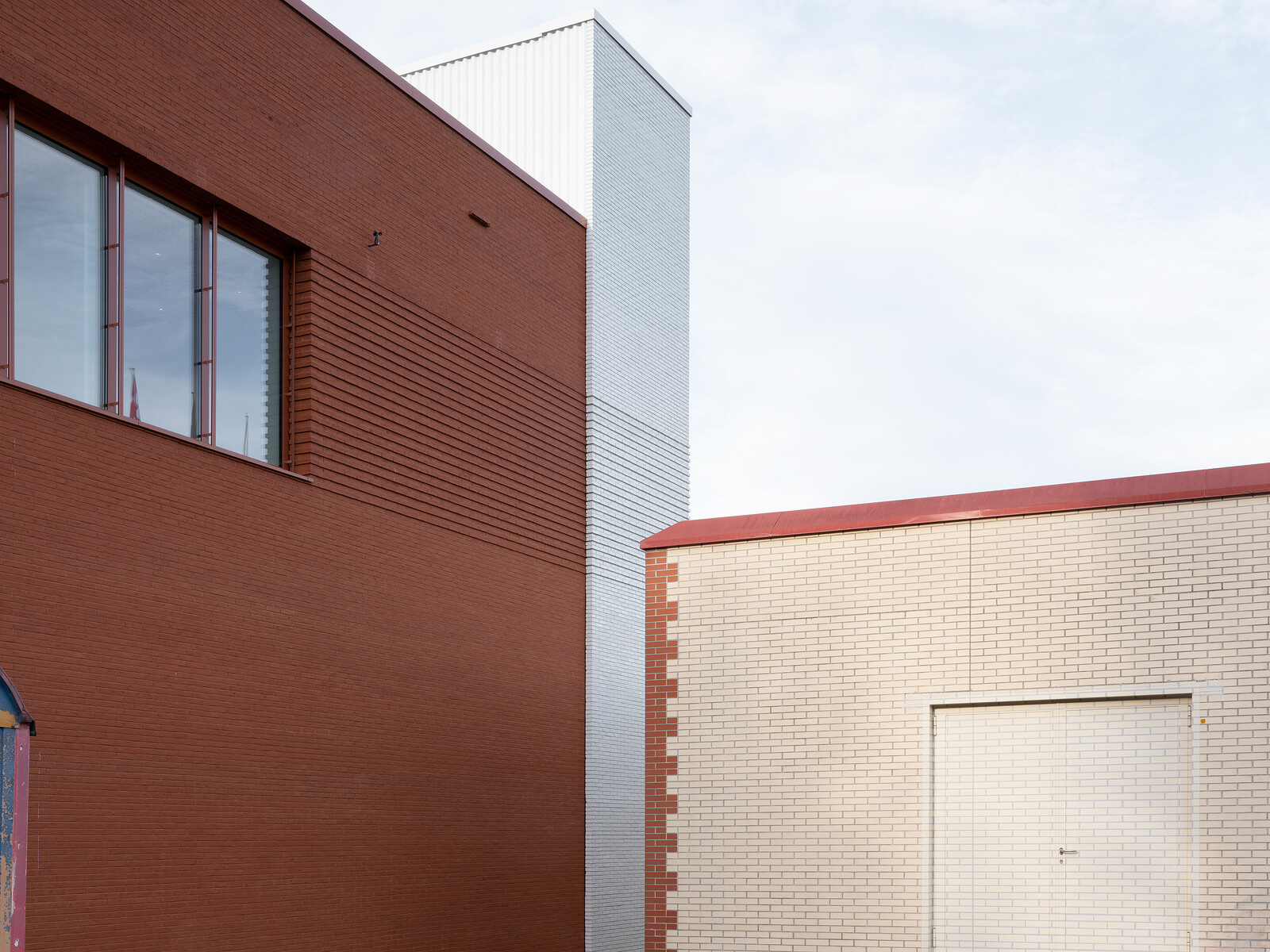

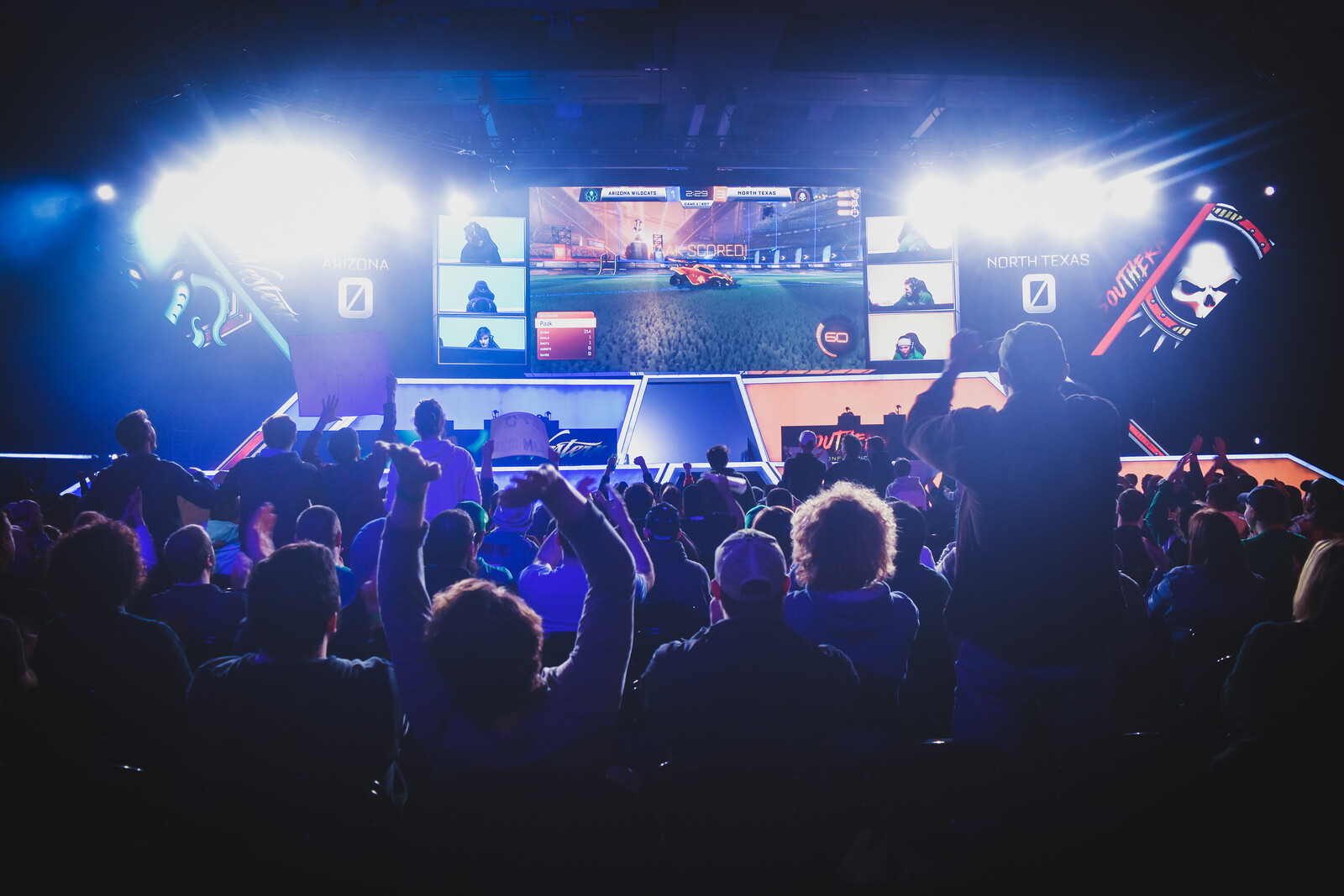
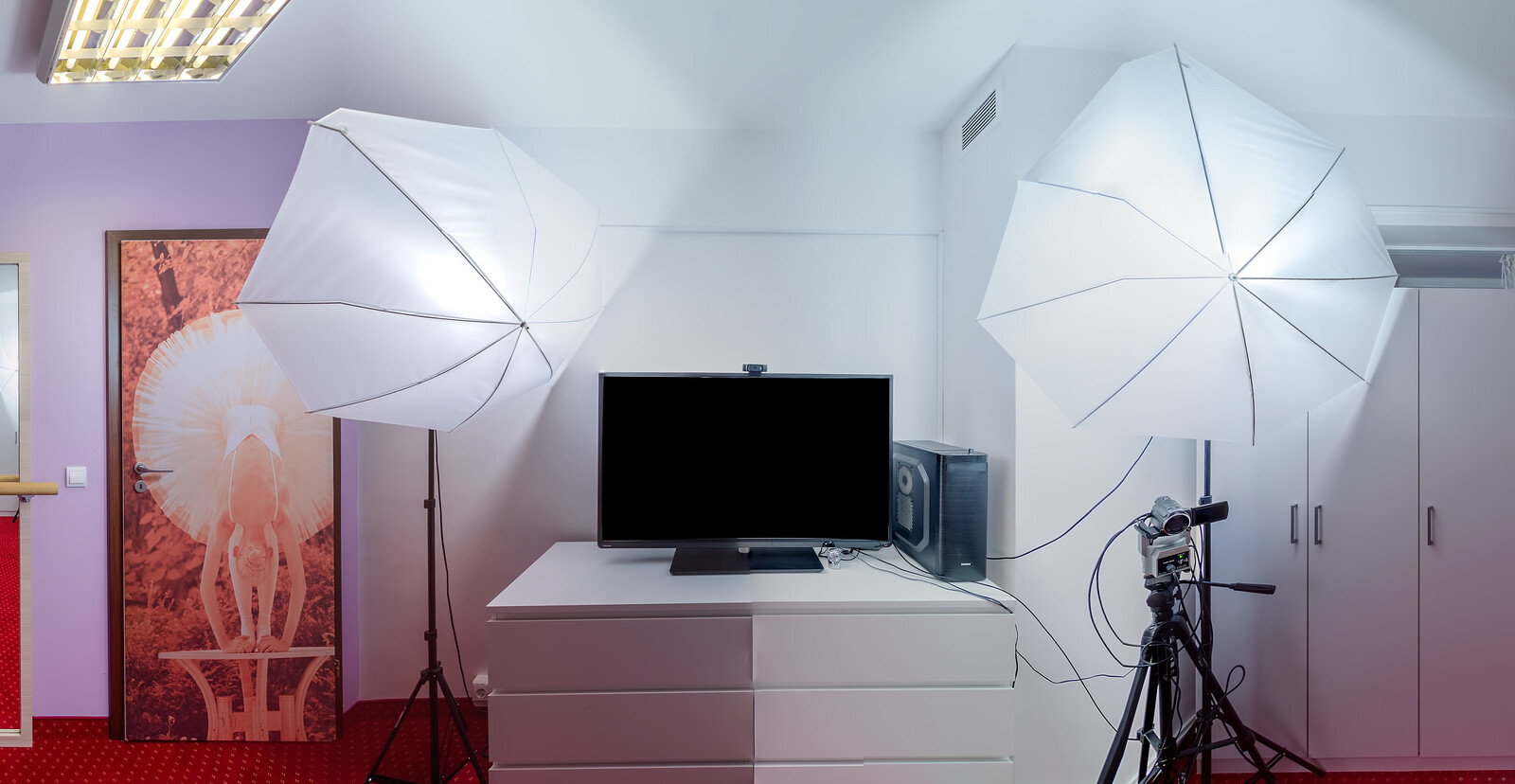

(2014).jpg,1600)

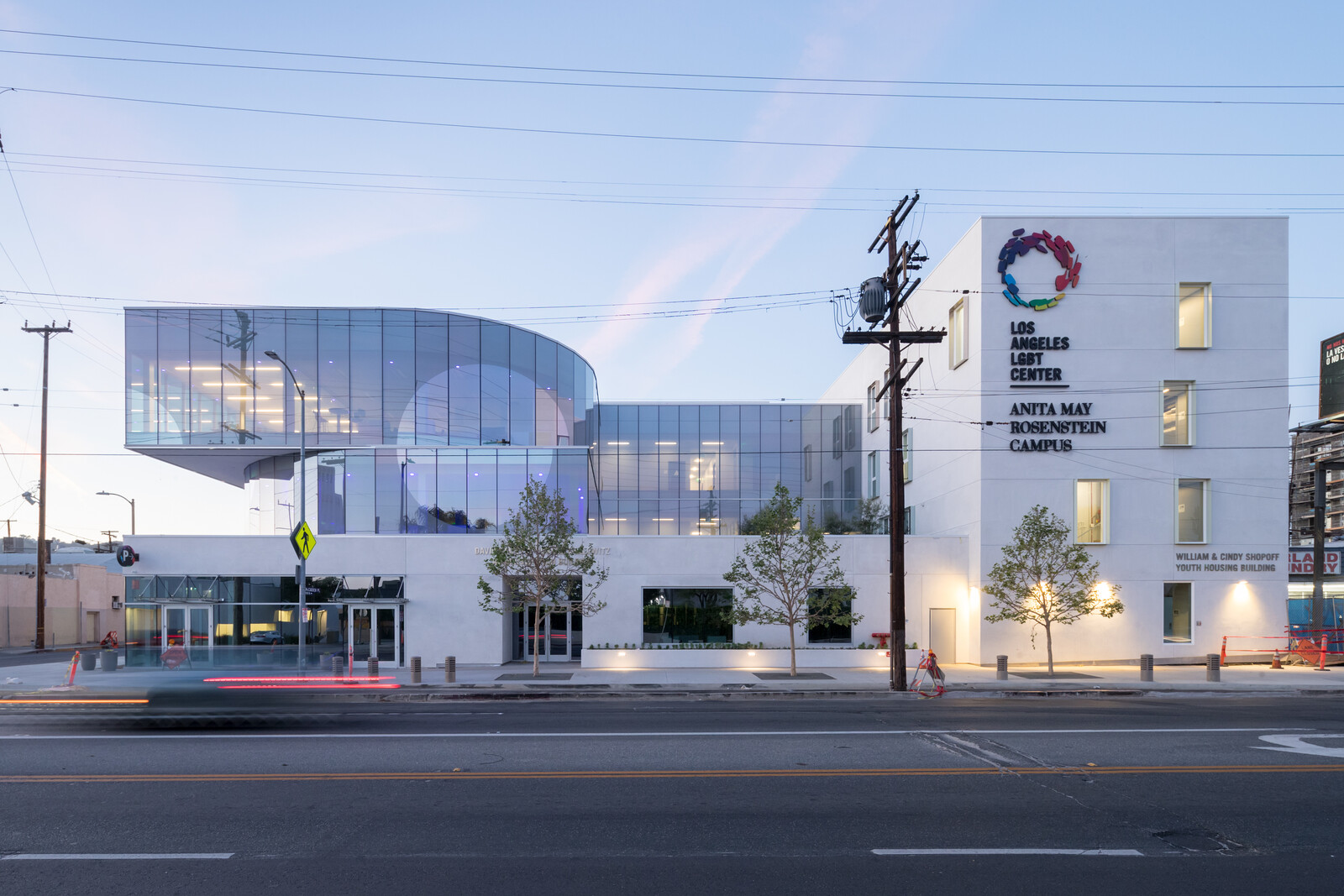
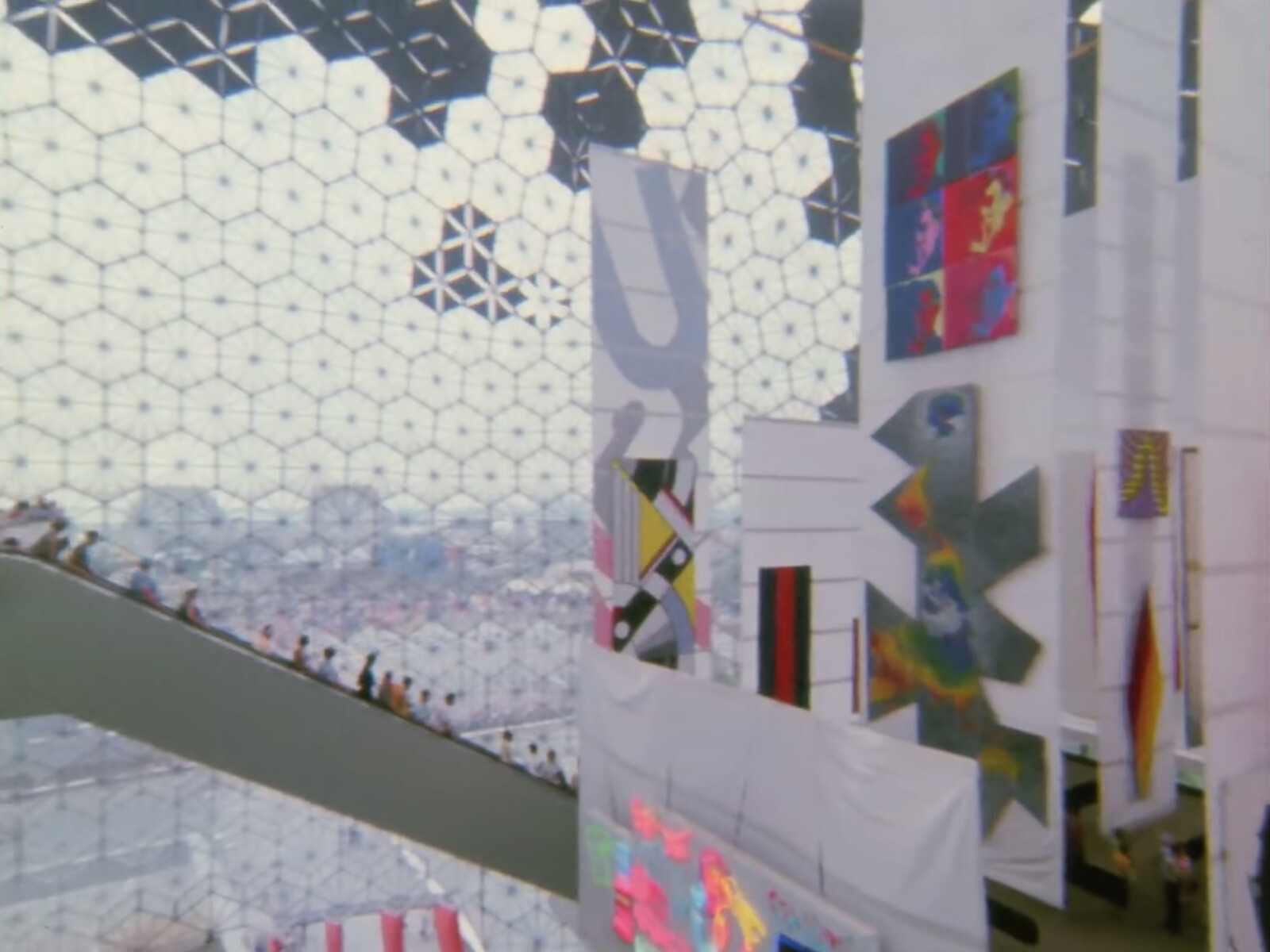


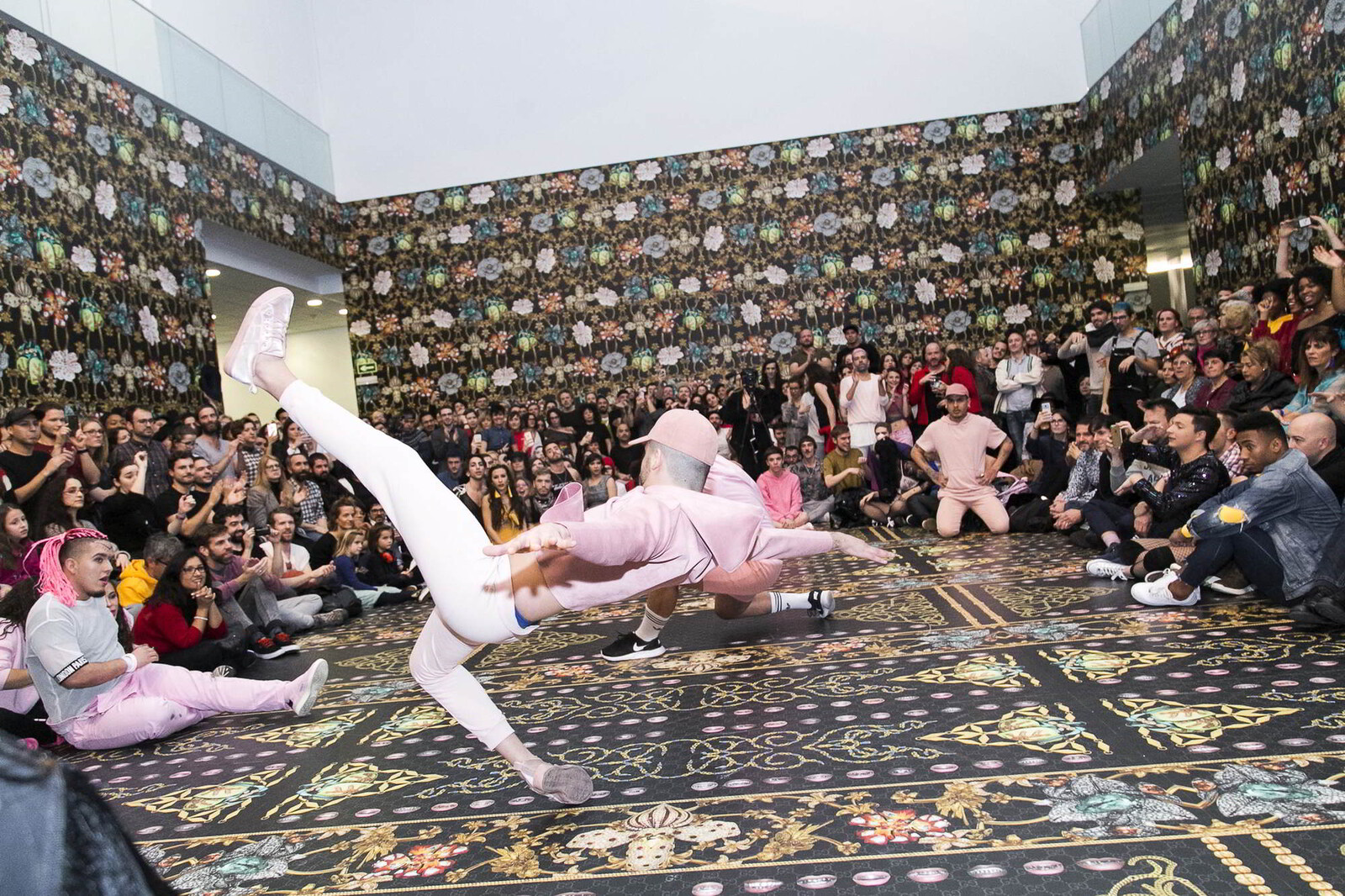
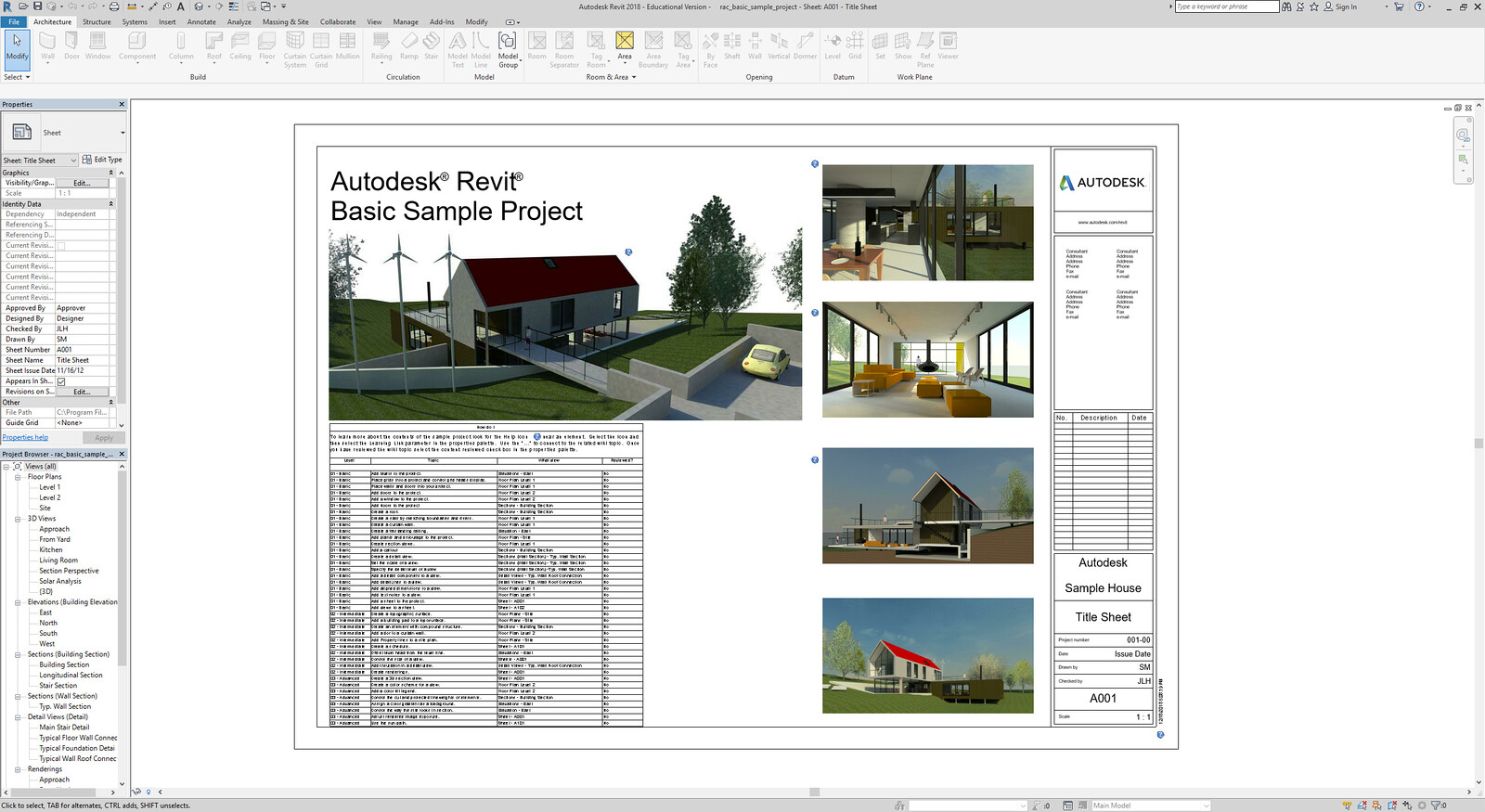




,-2003,-srgb.jpg,1600)
